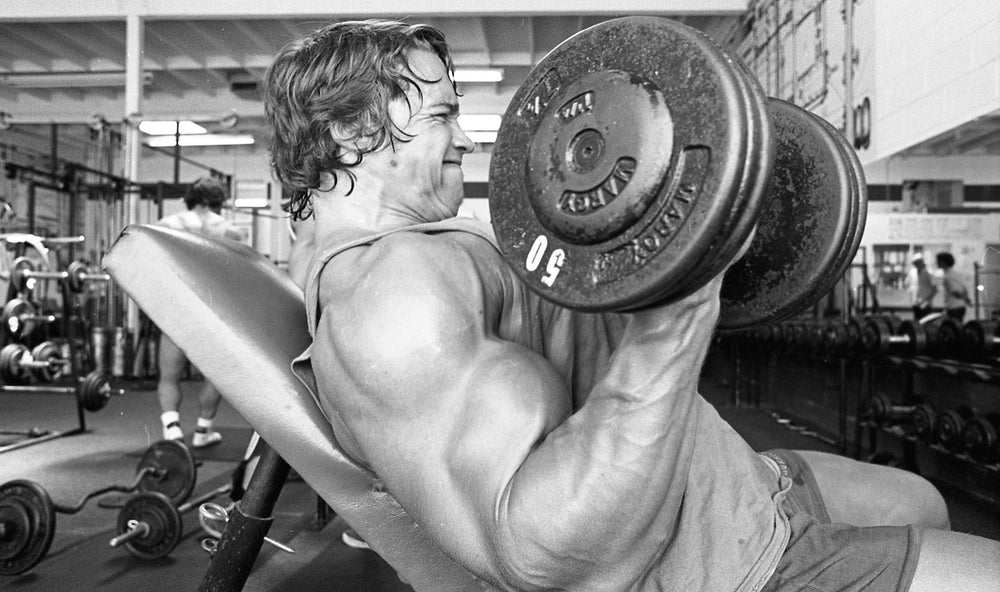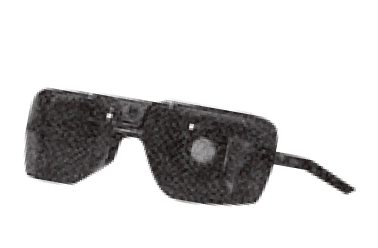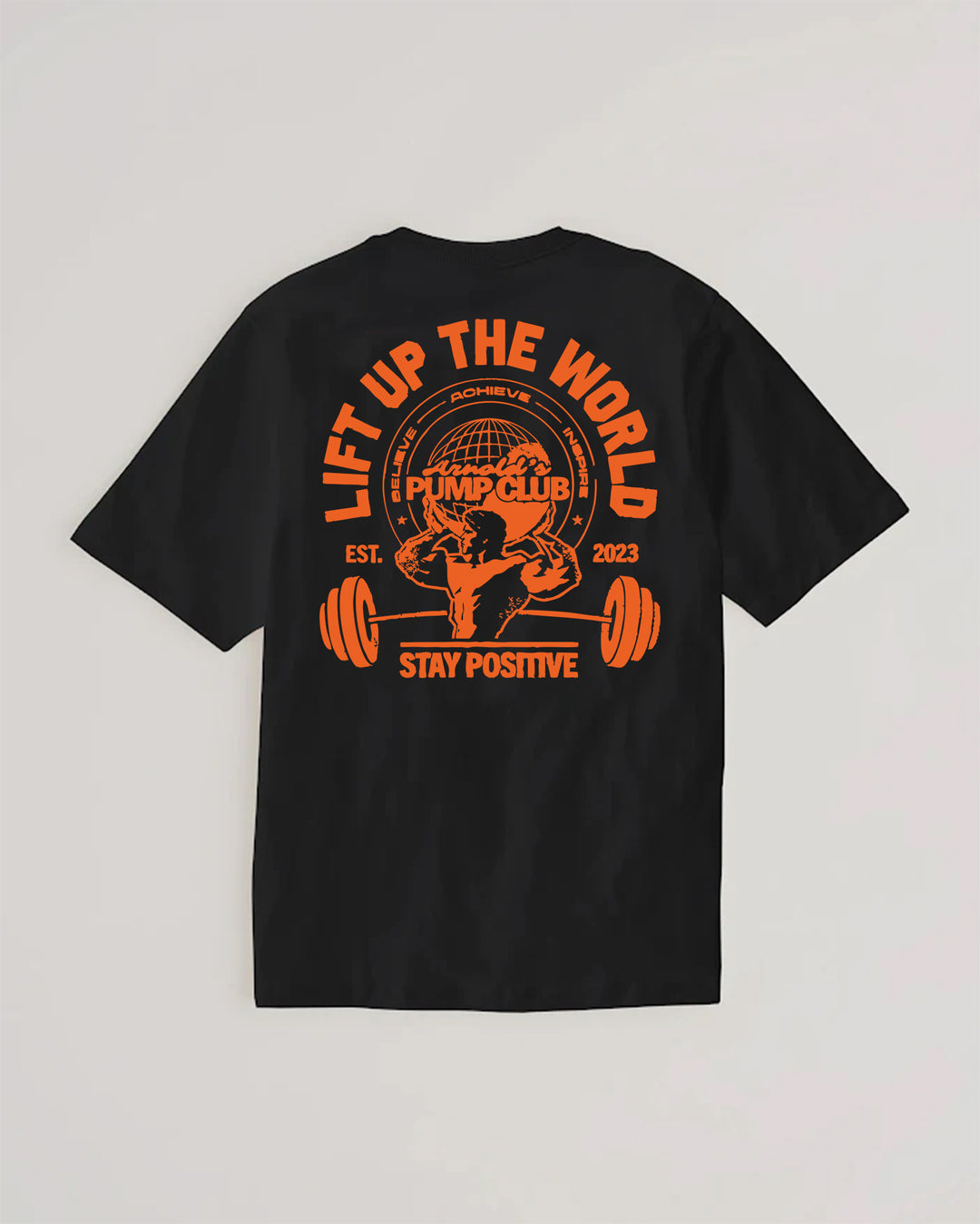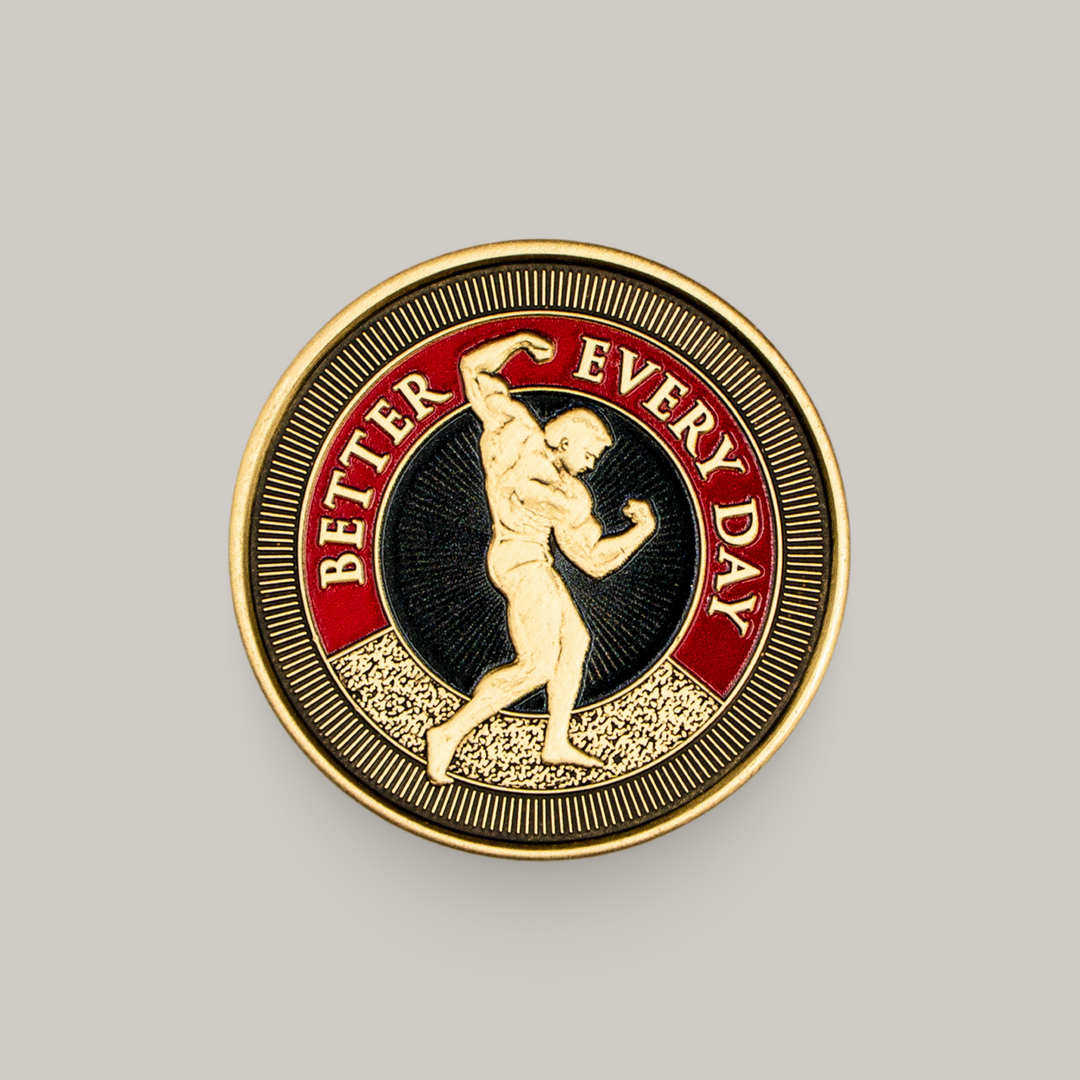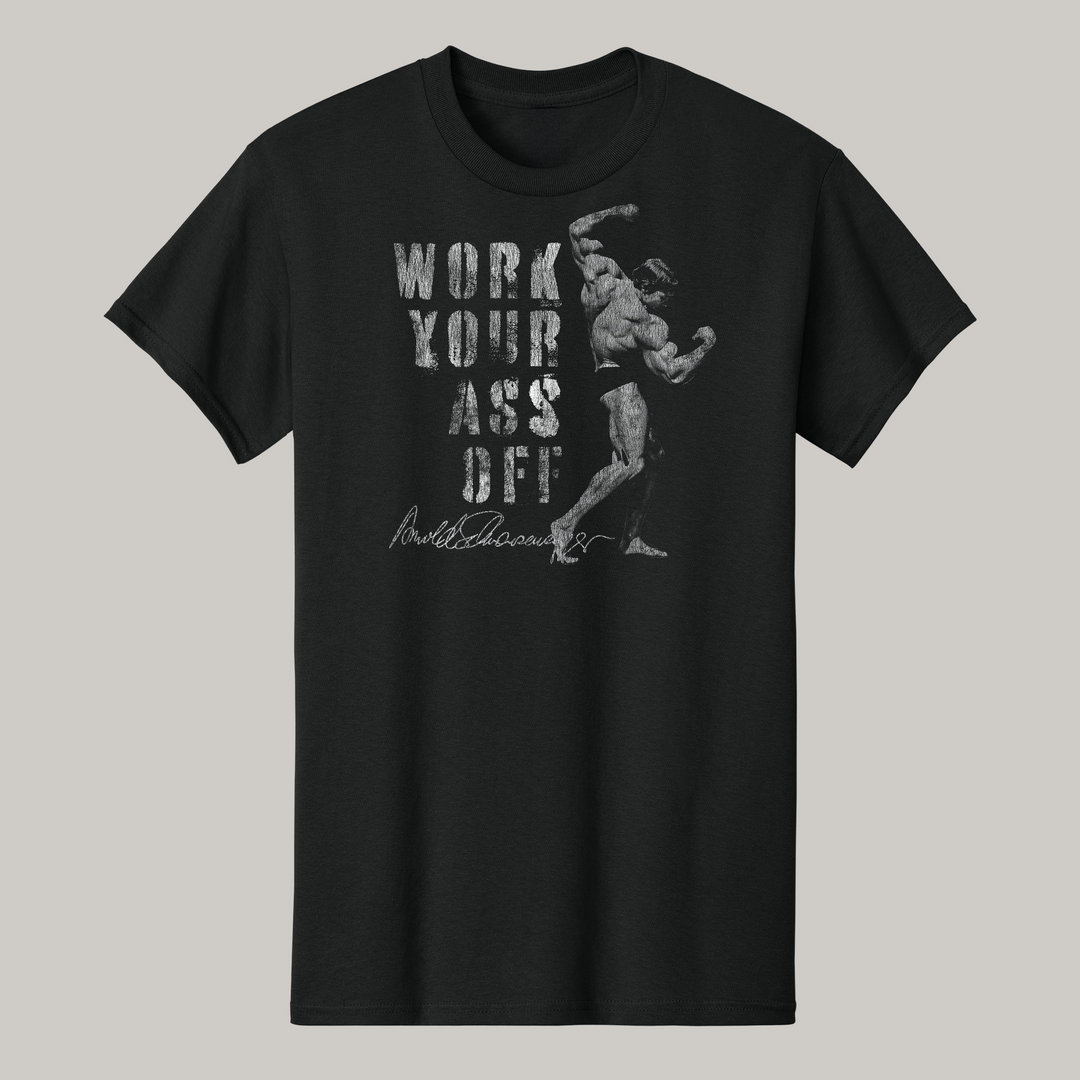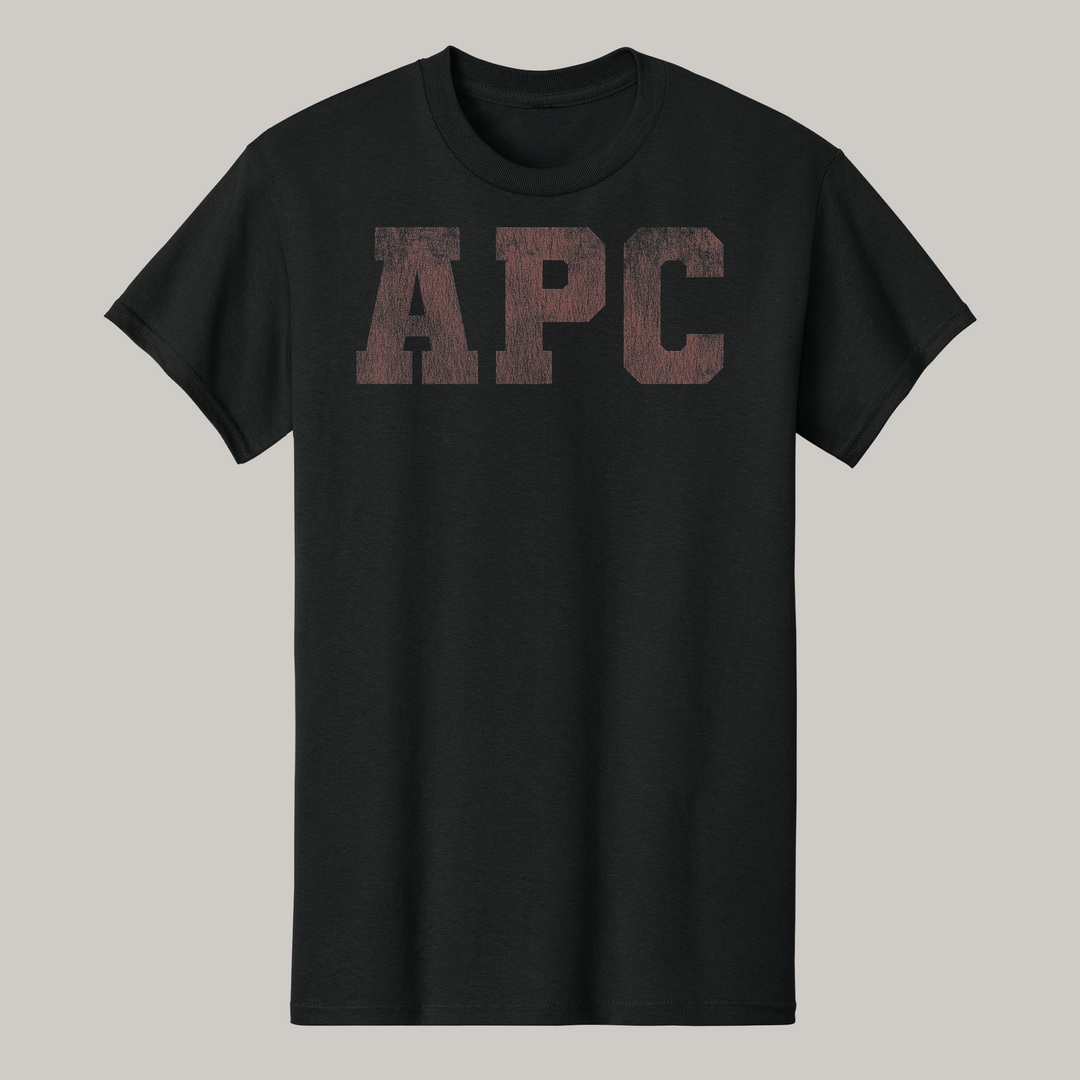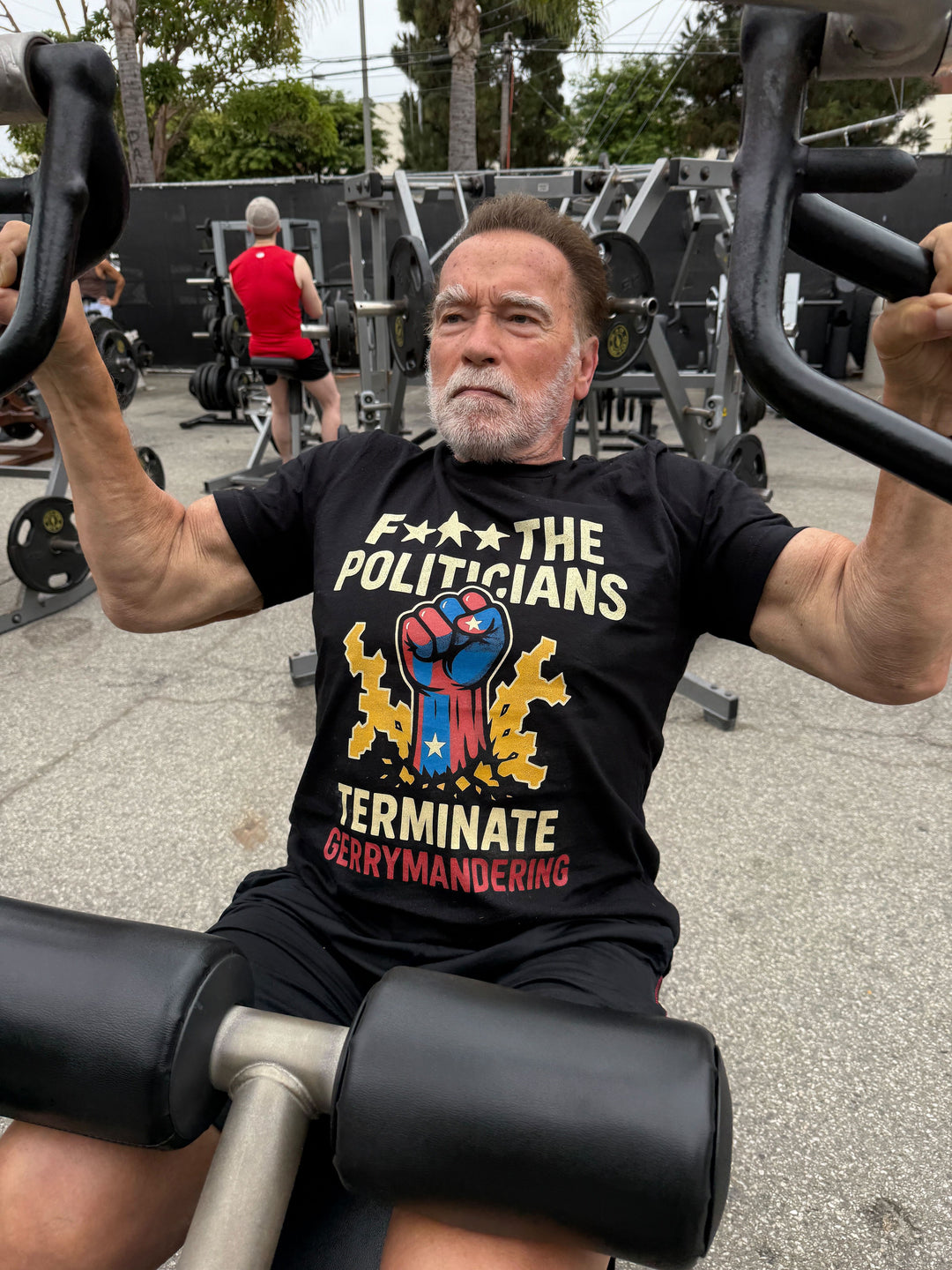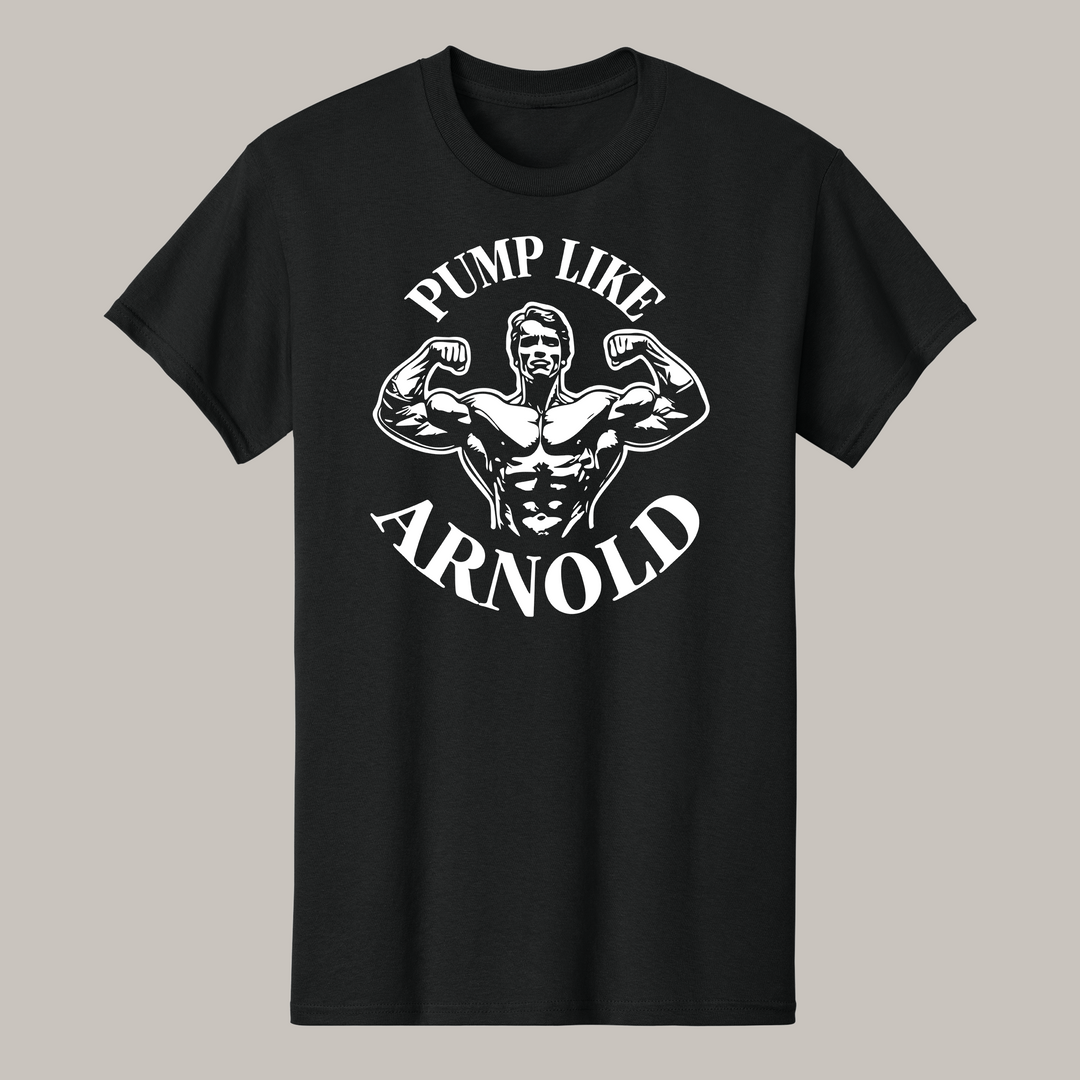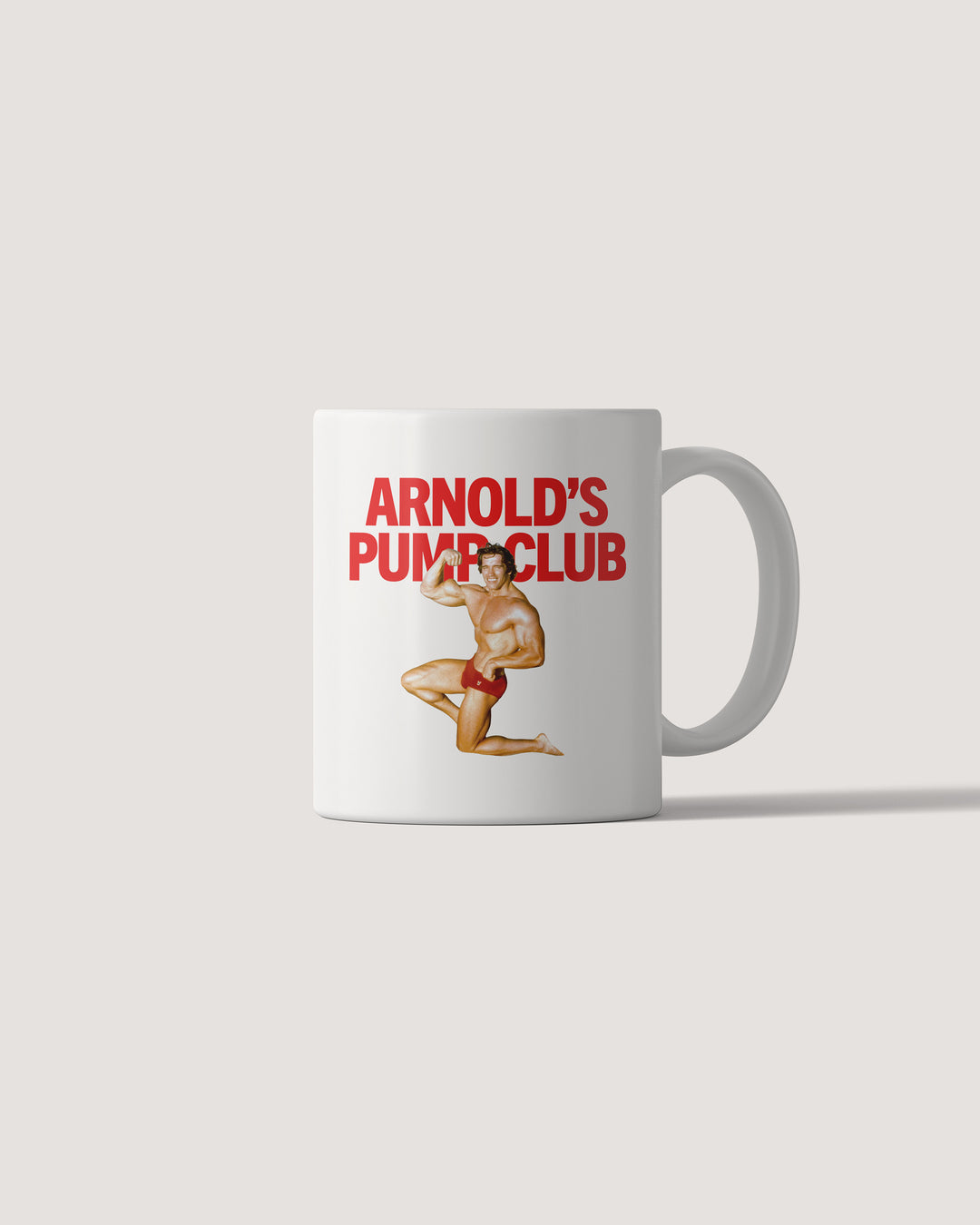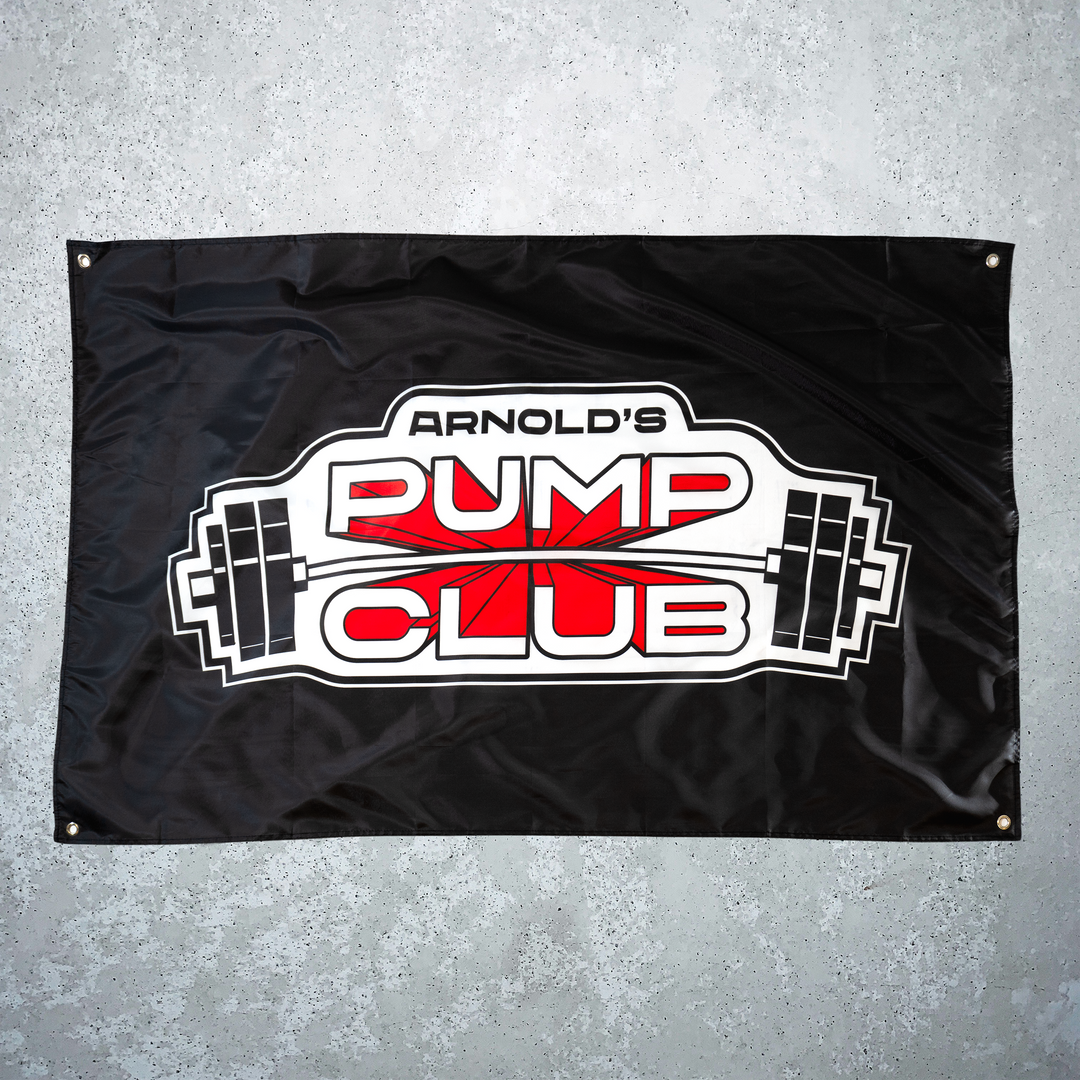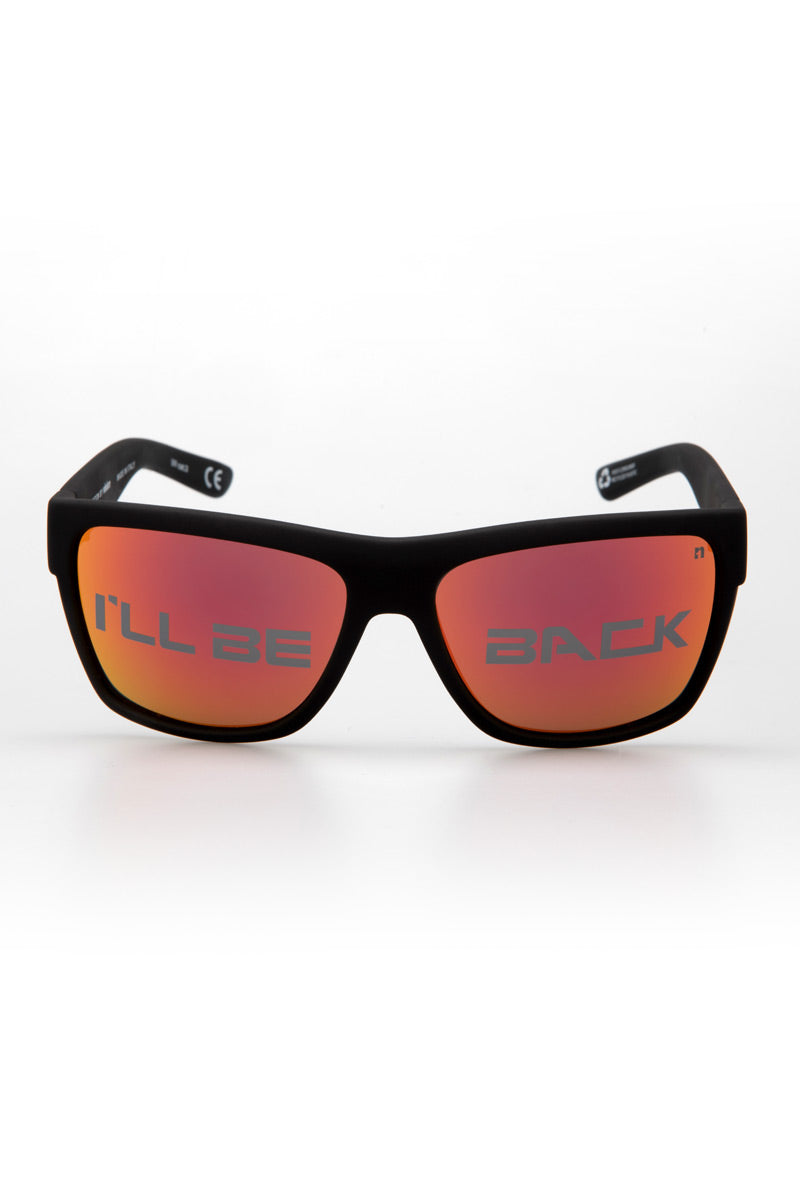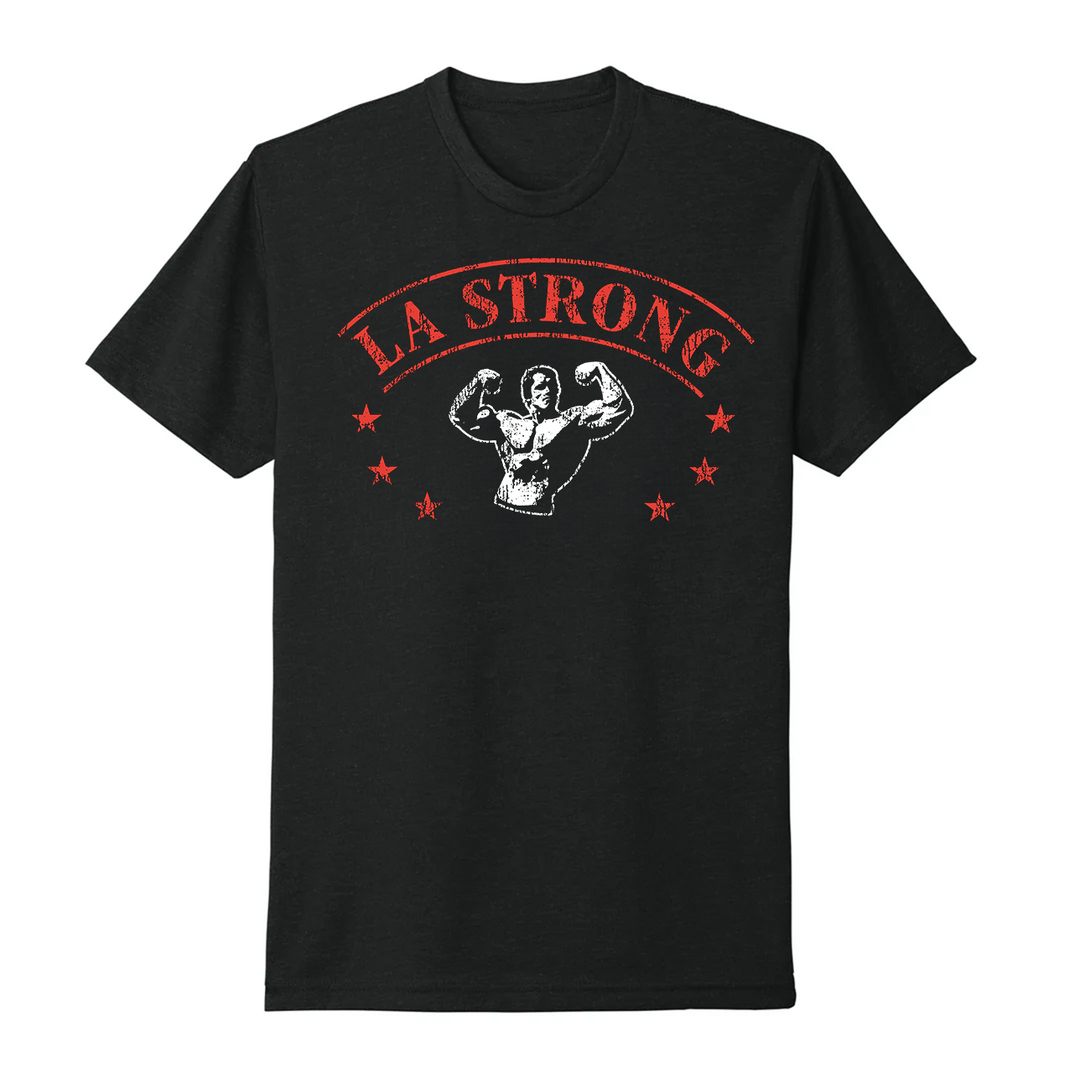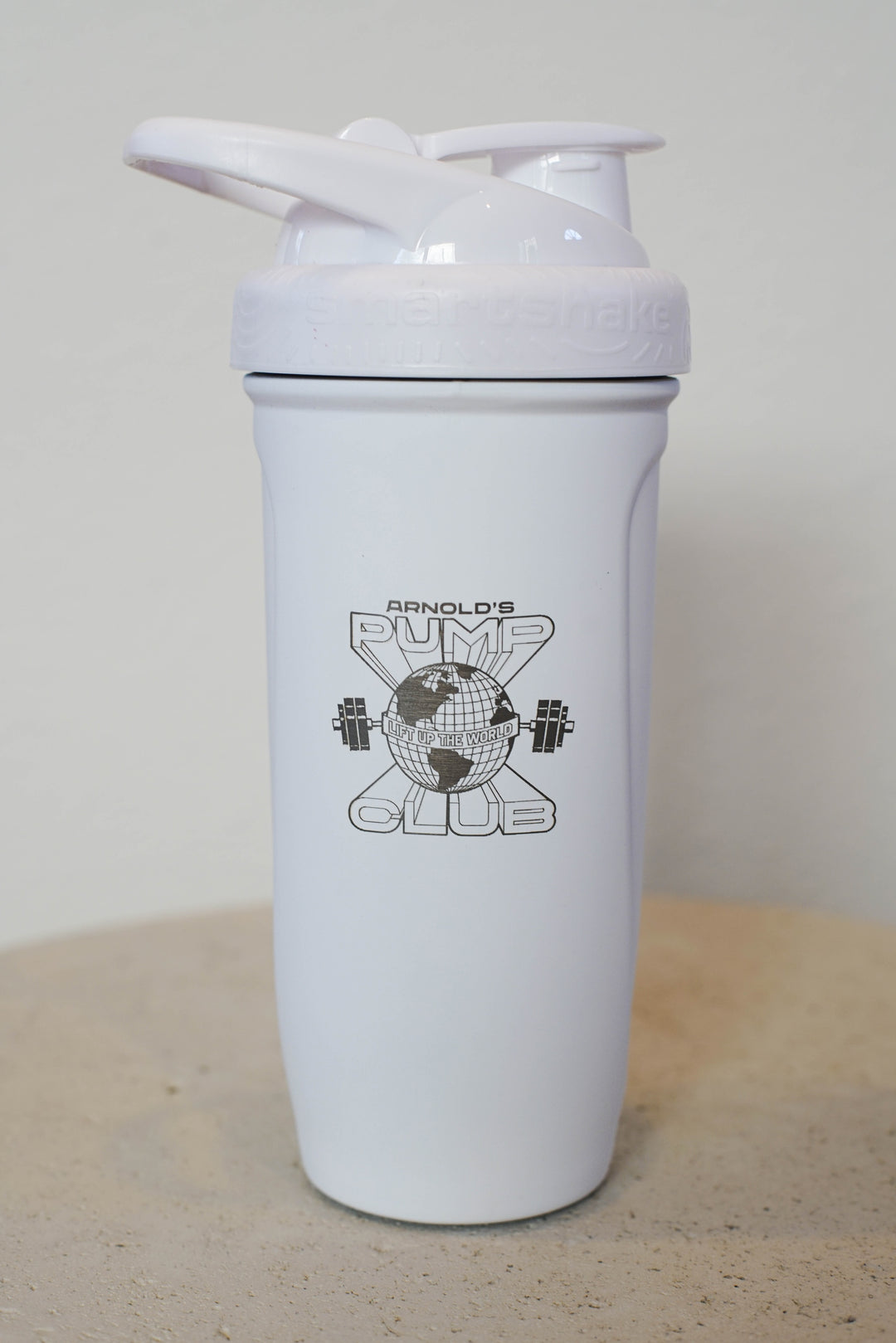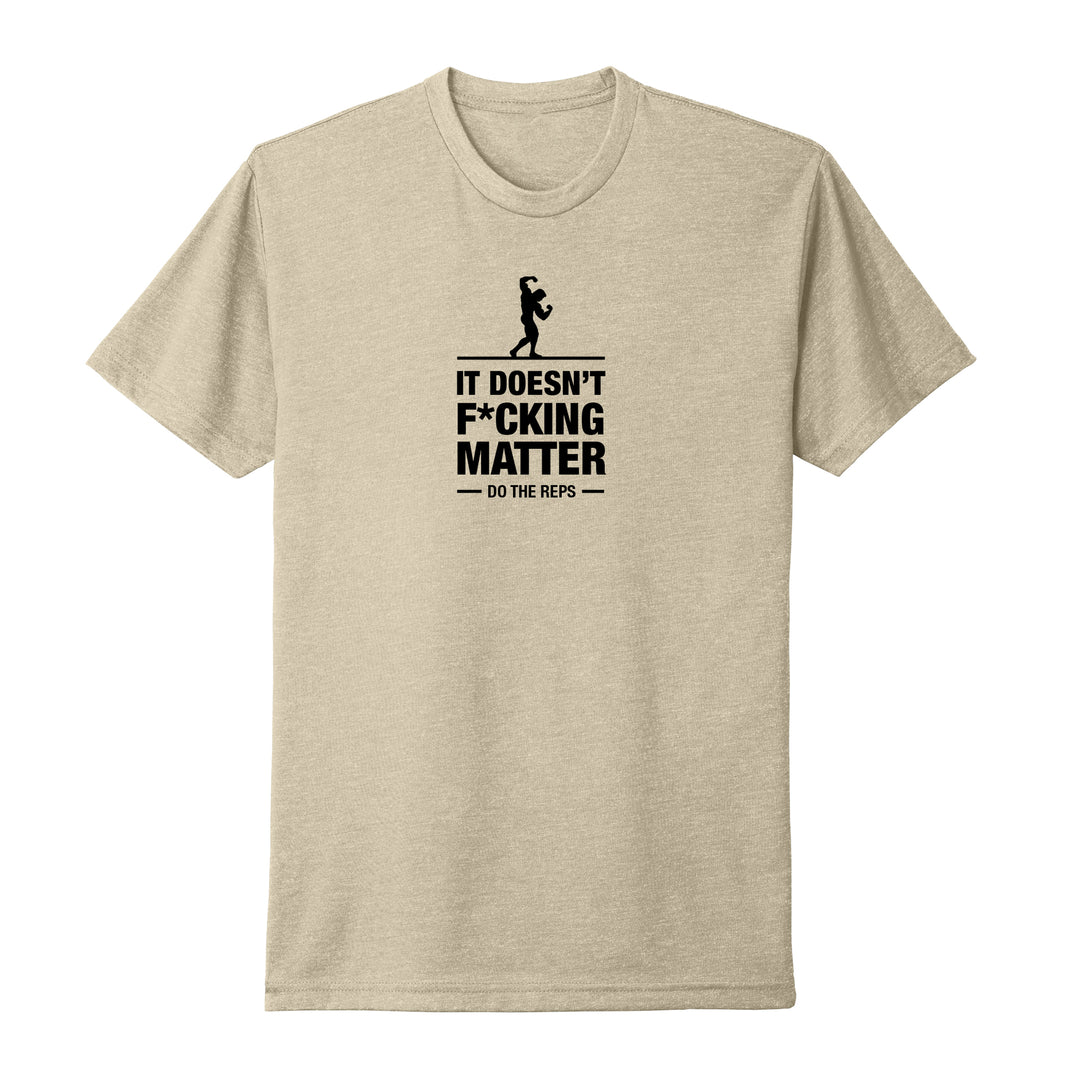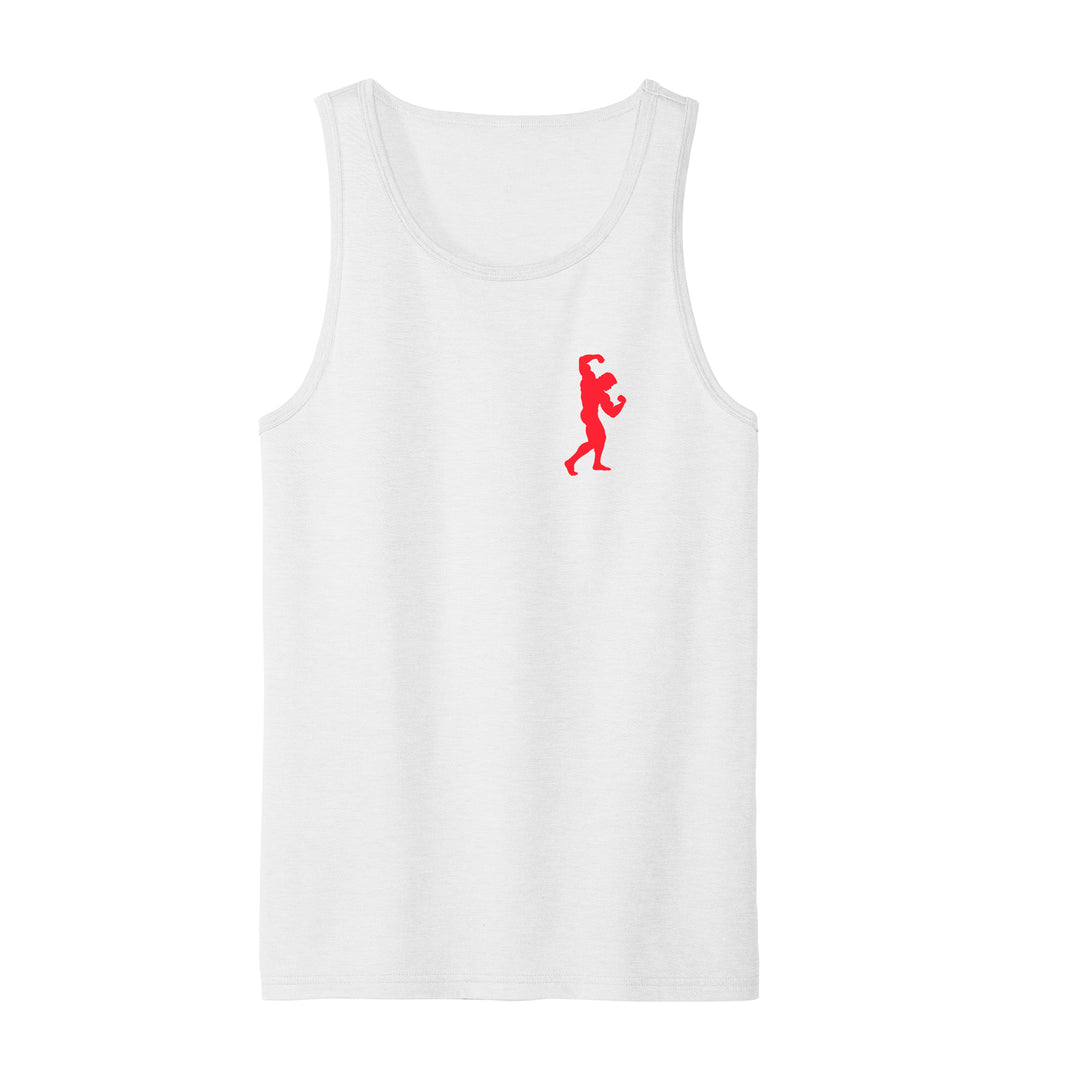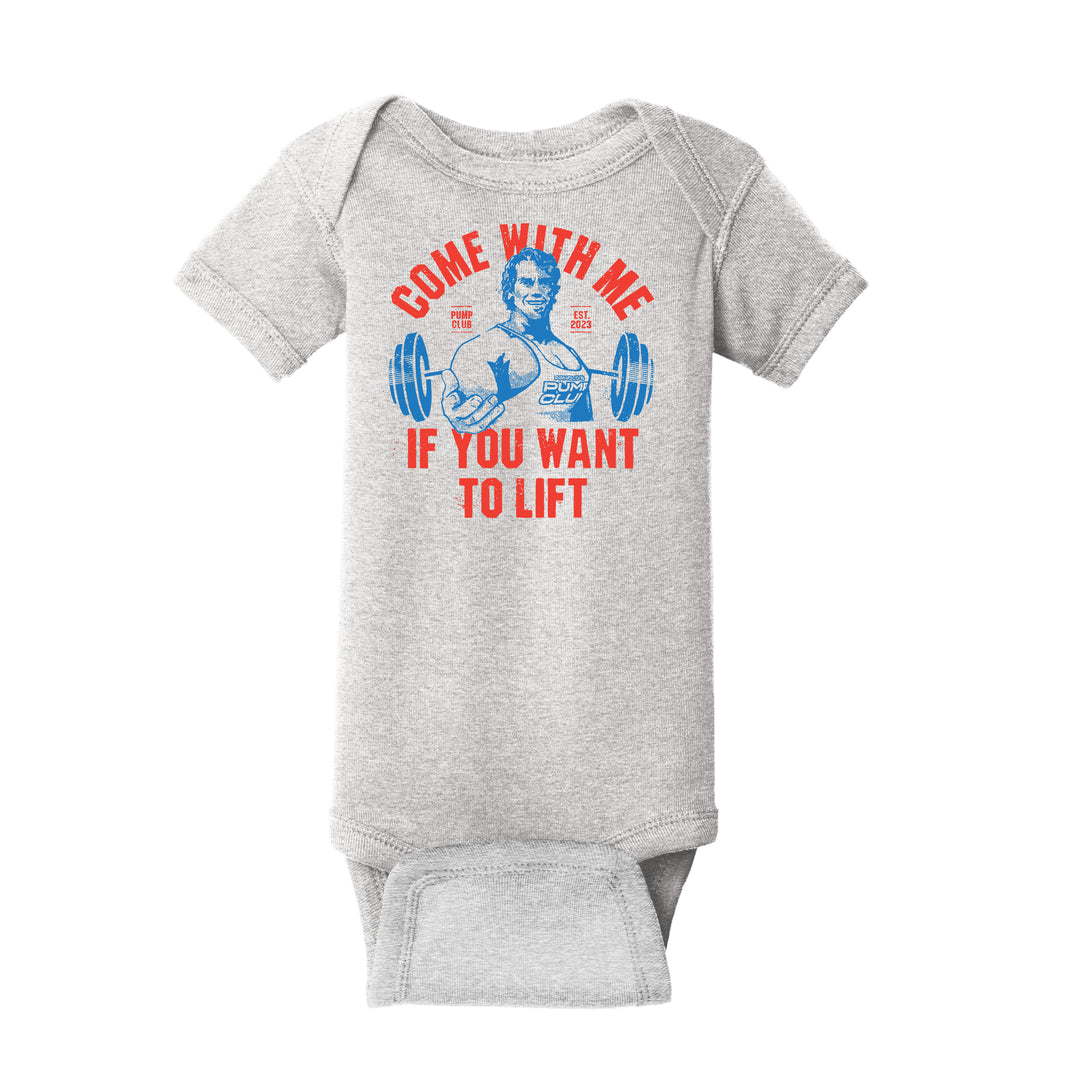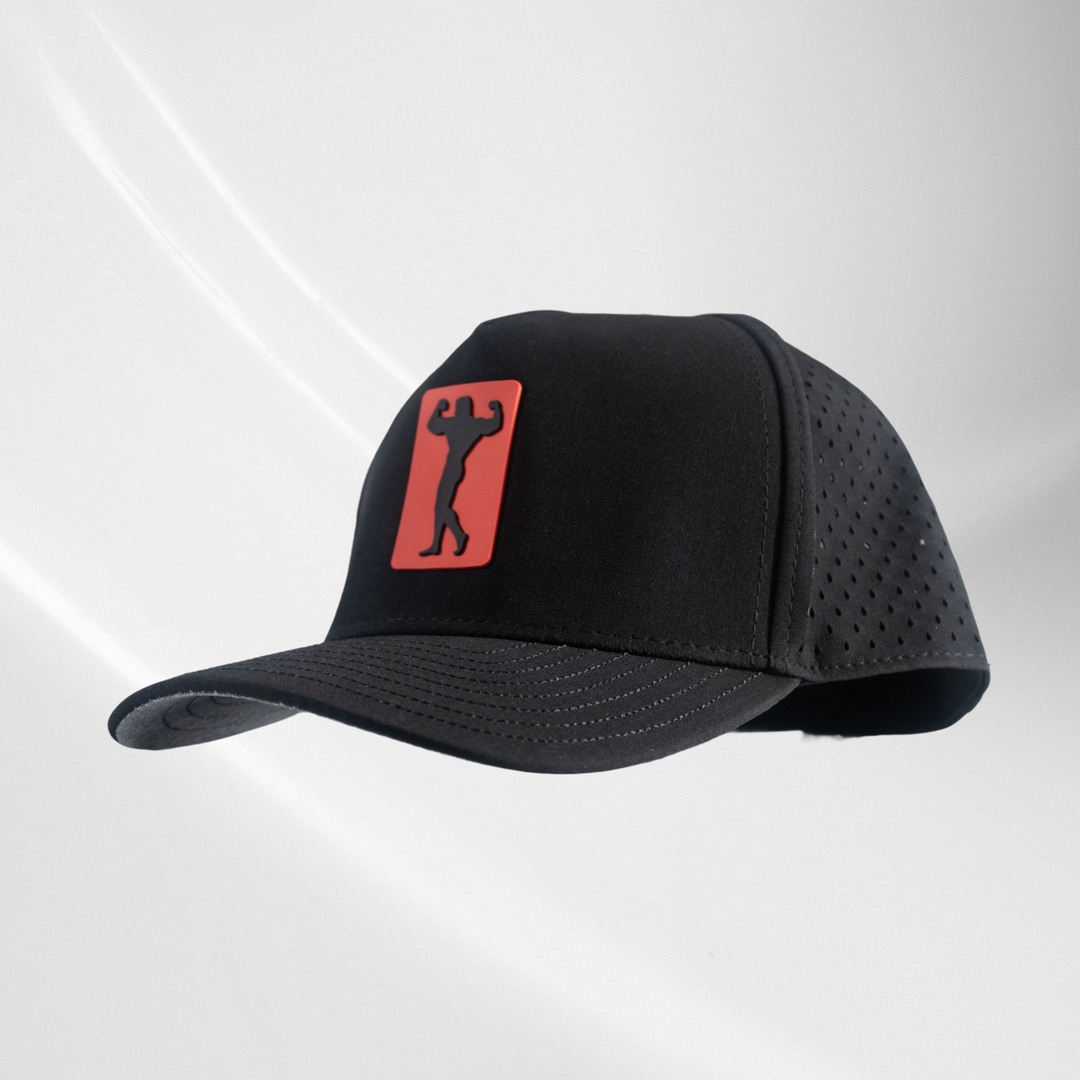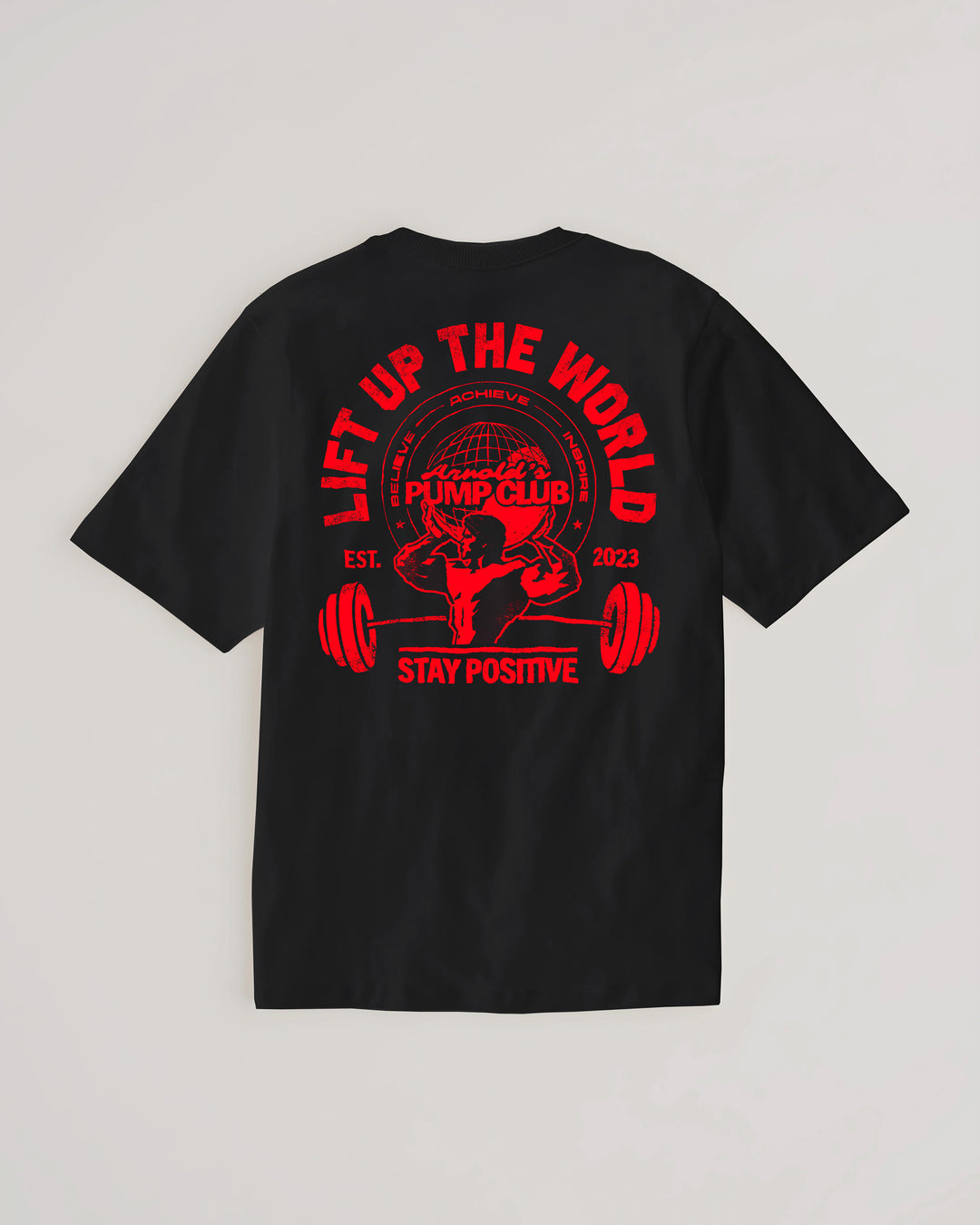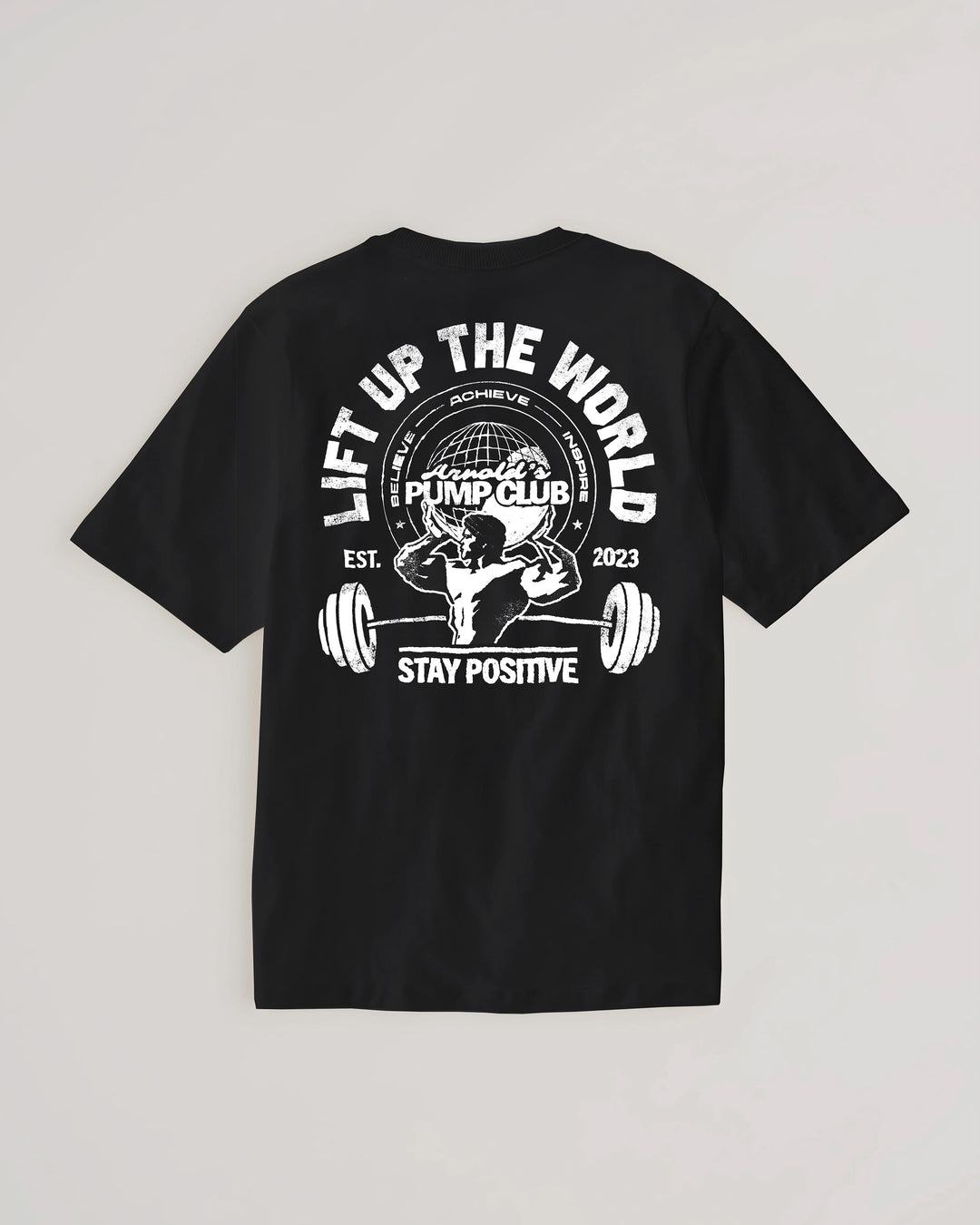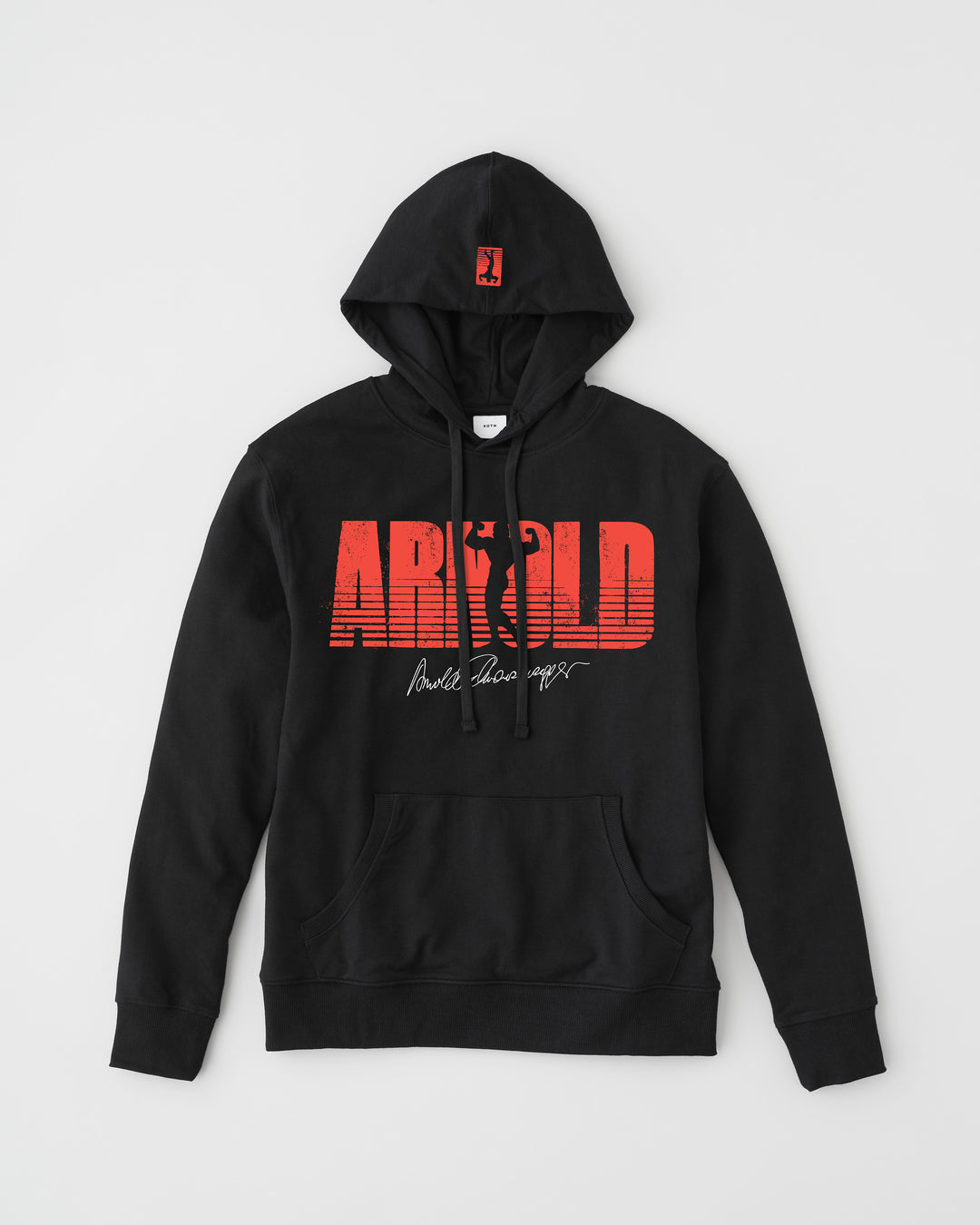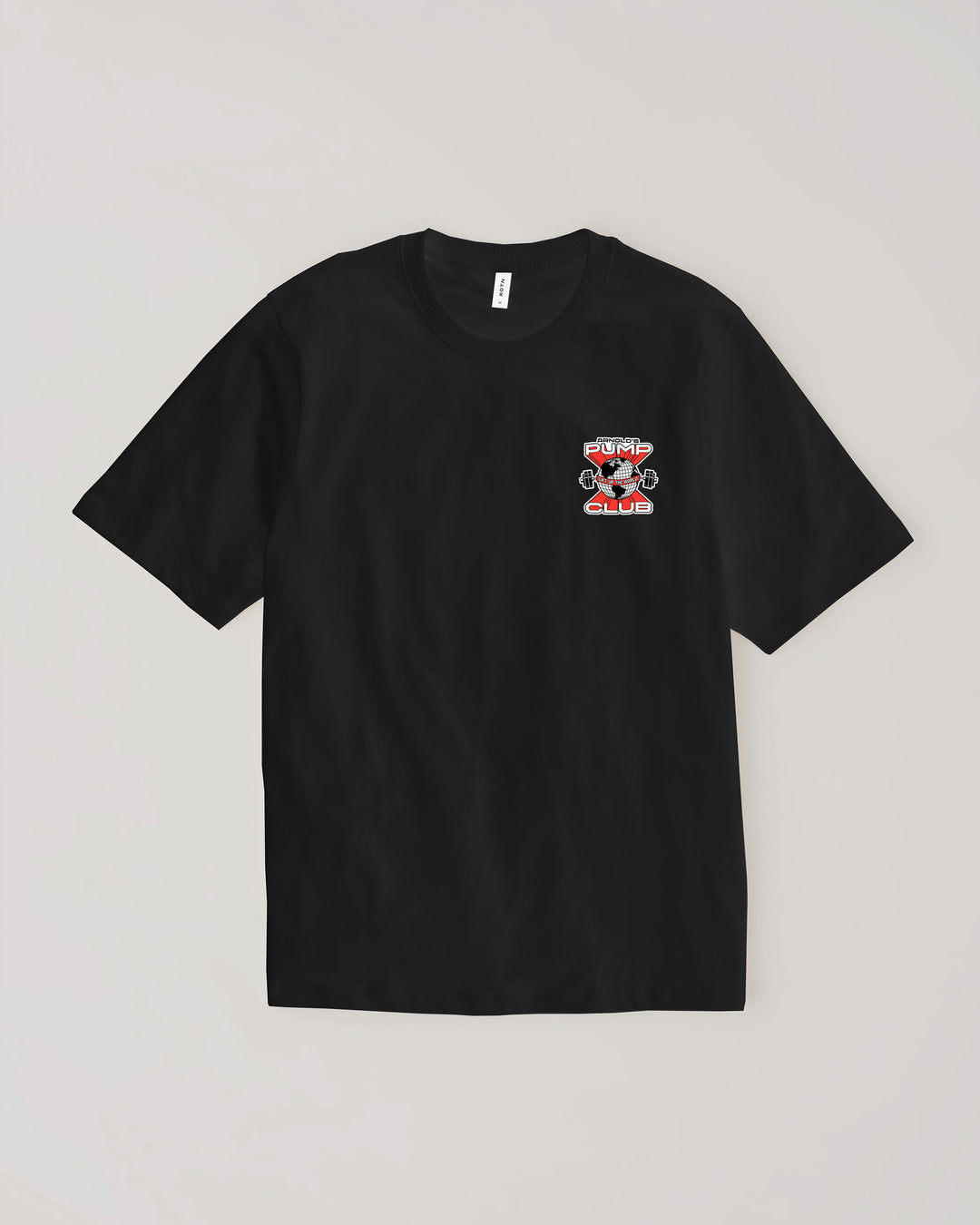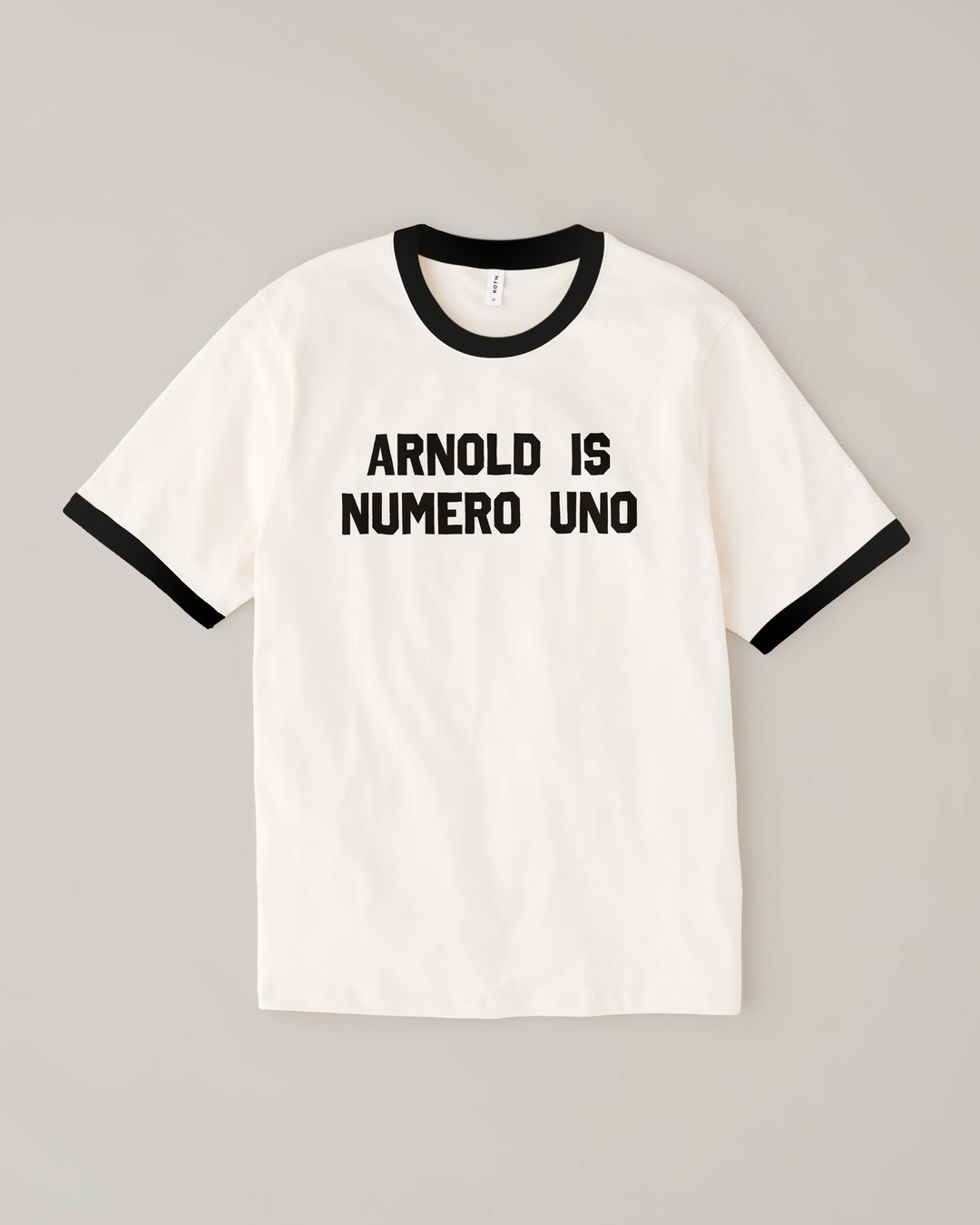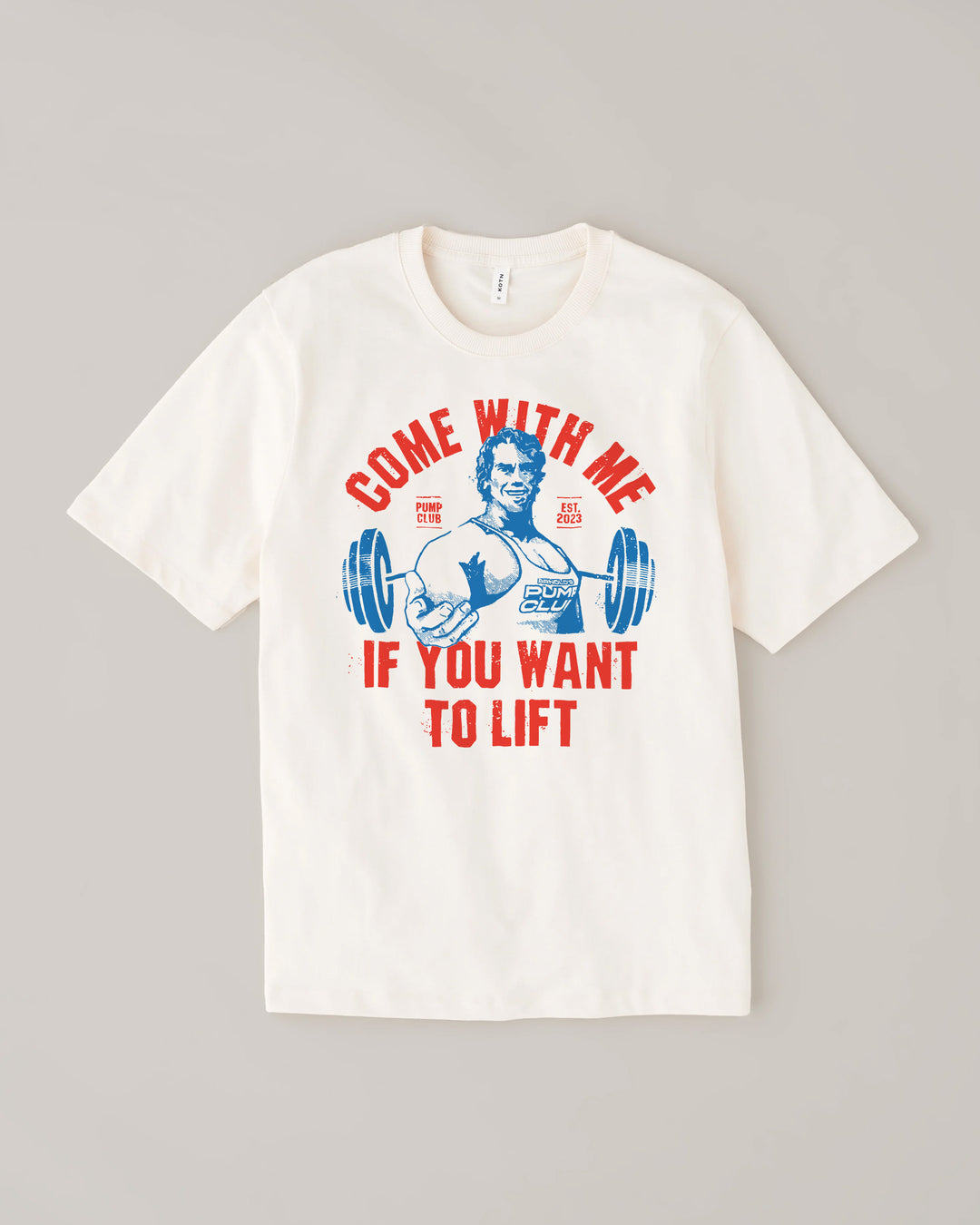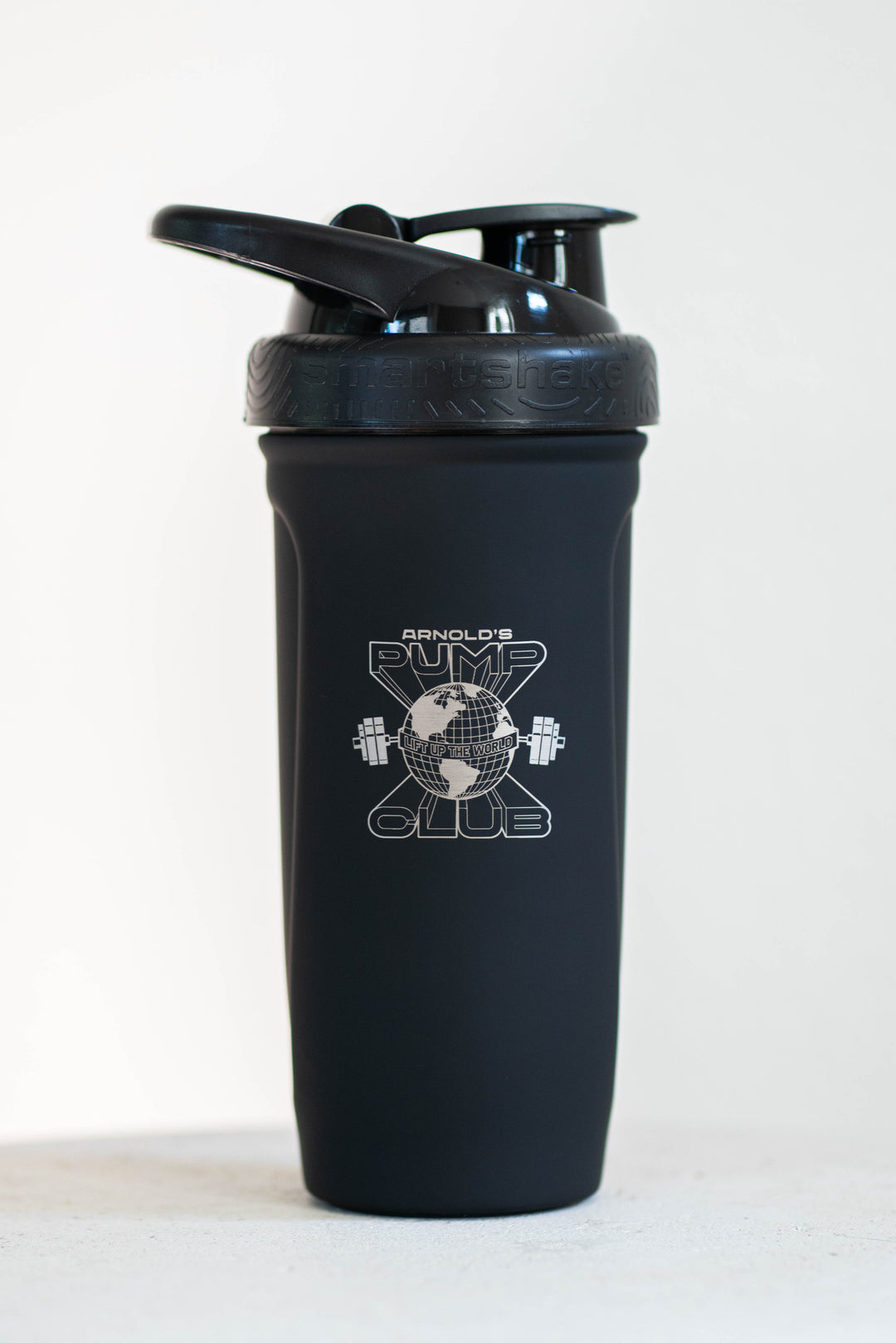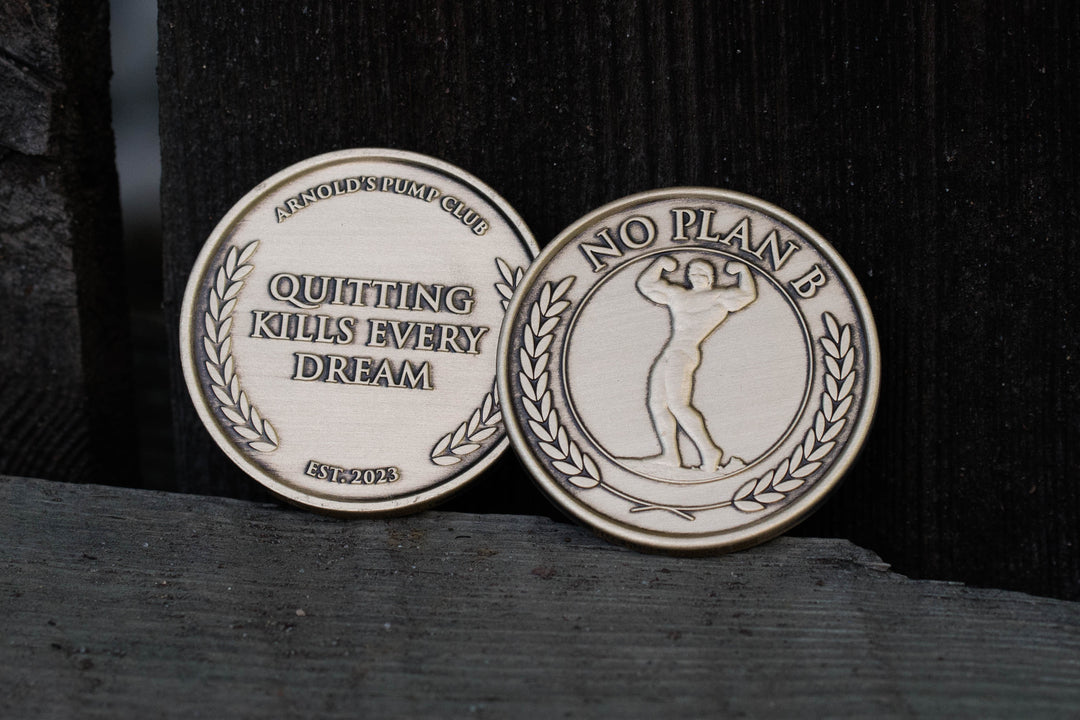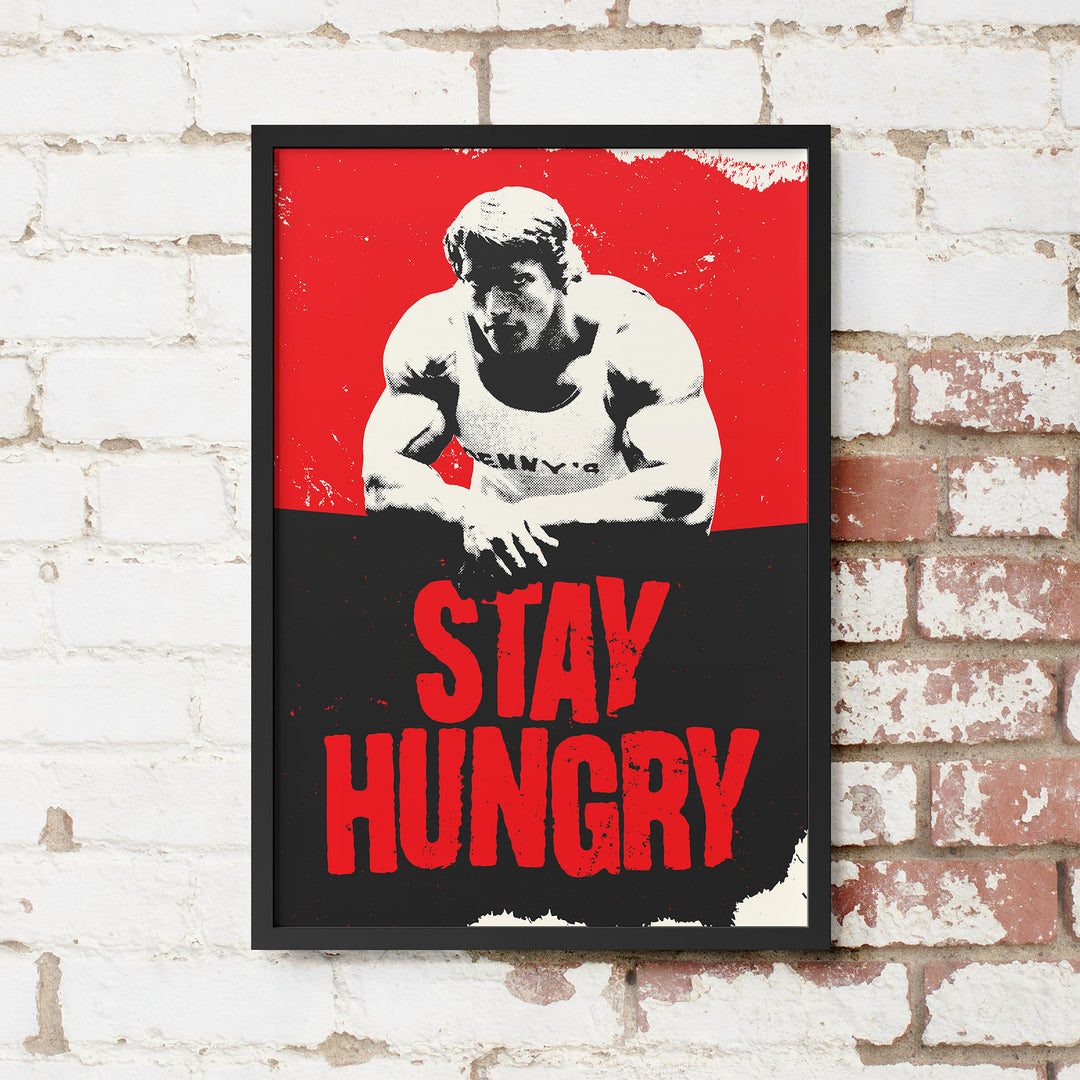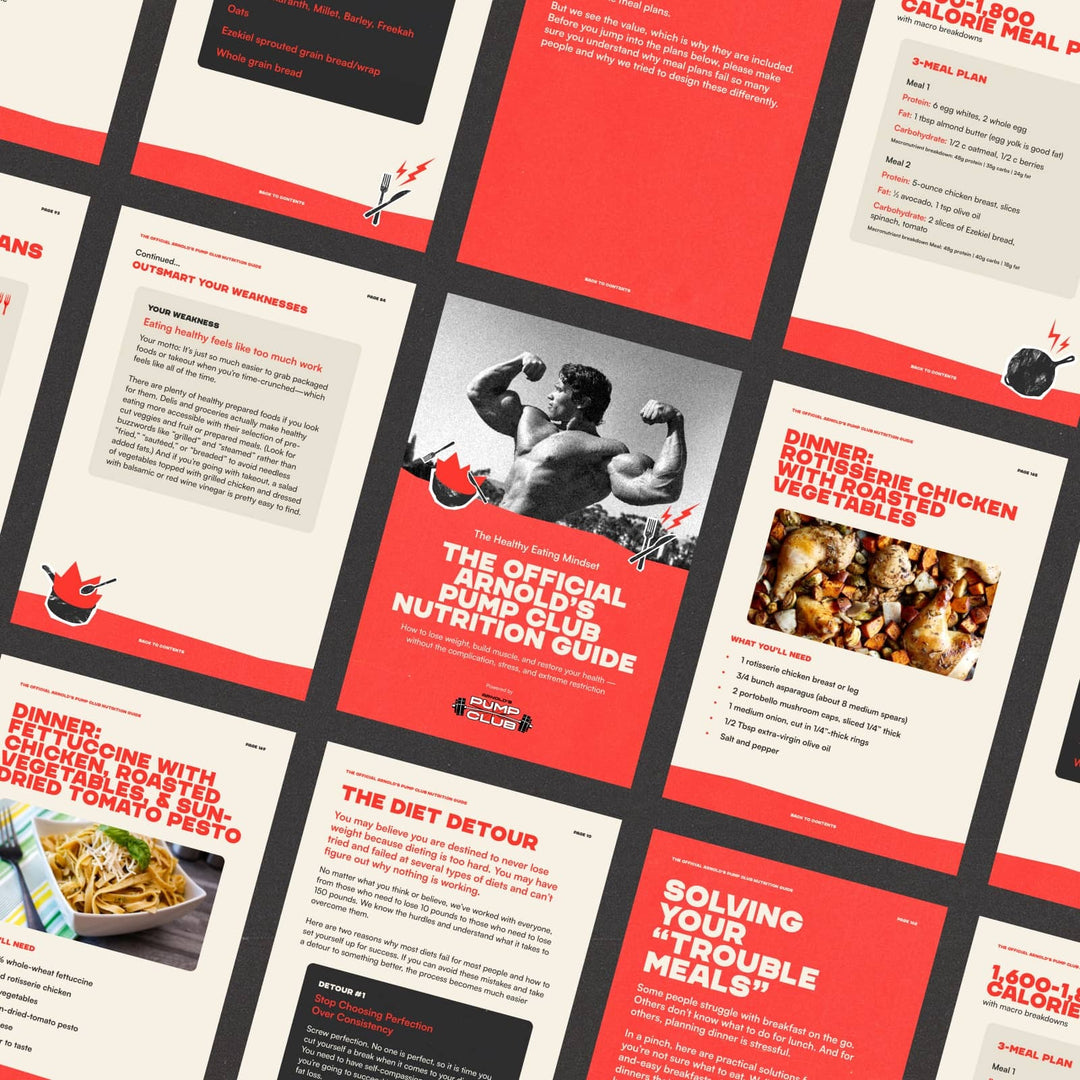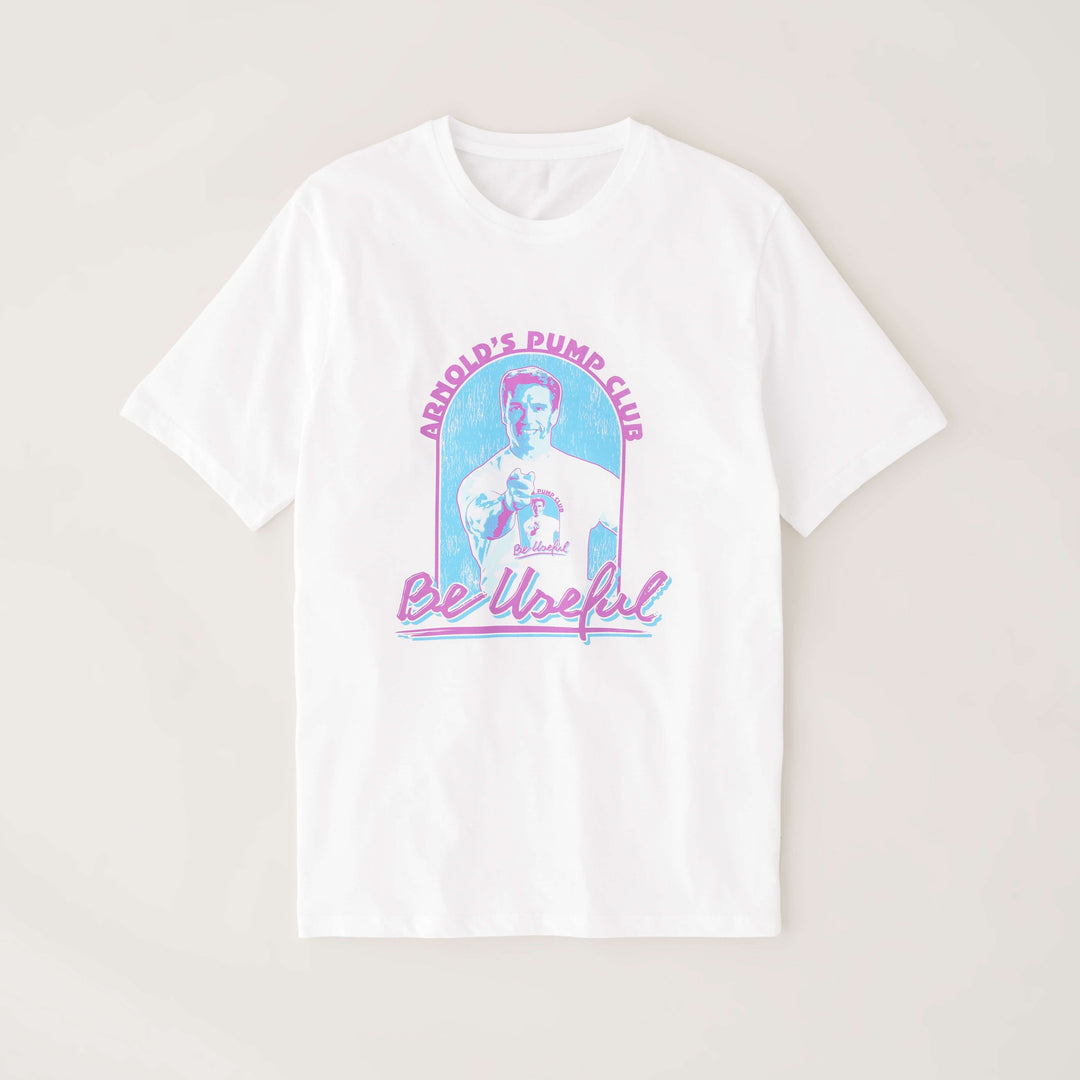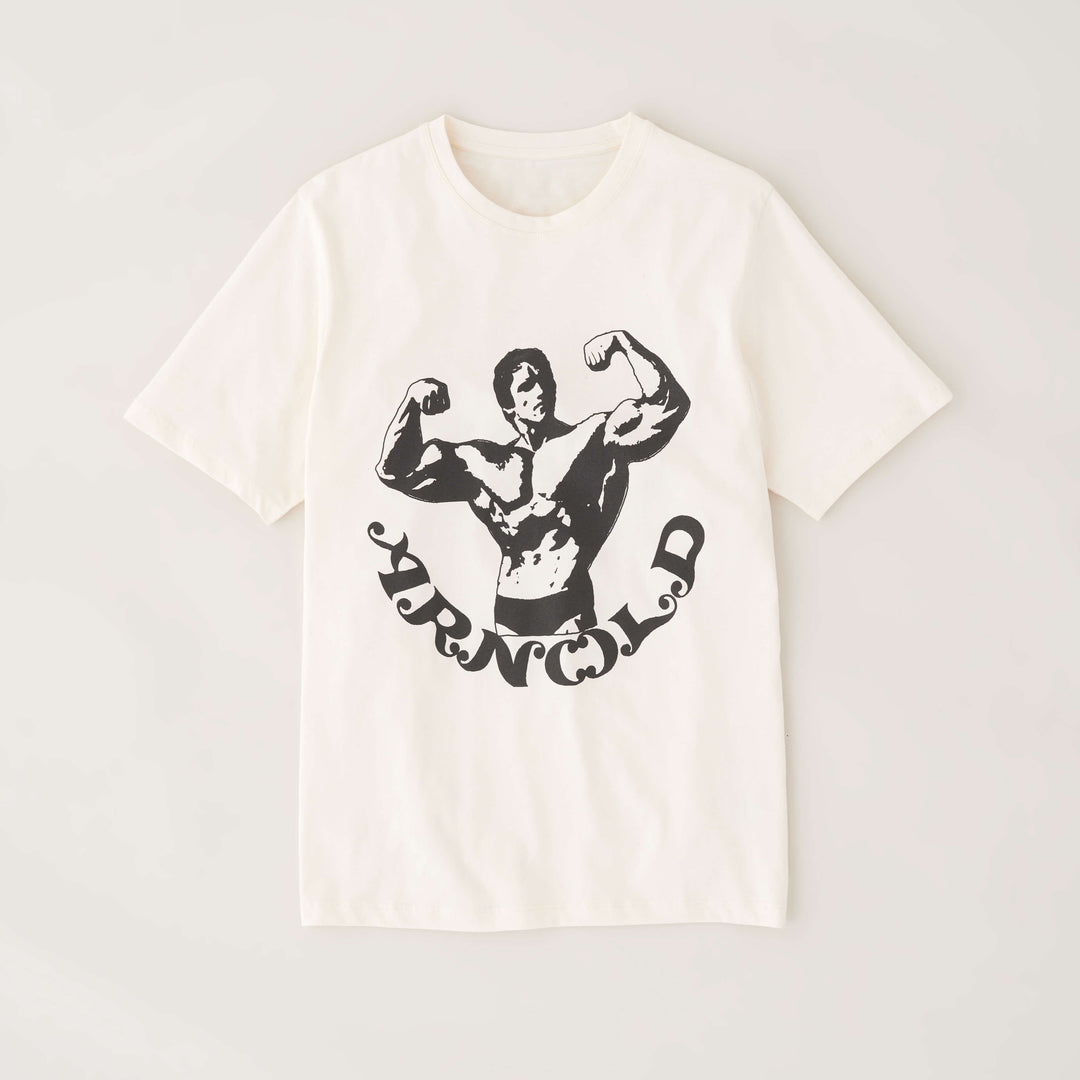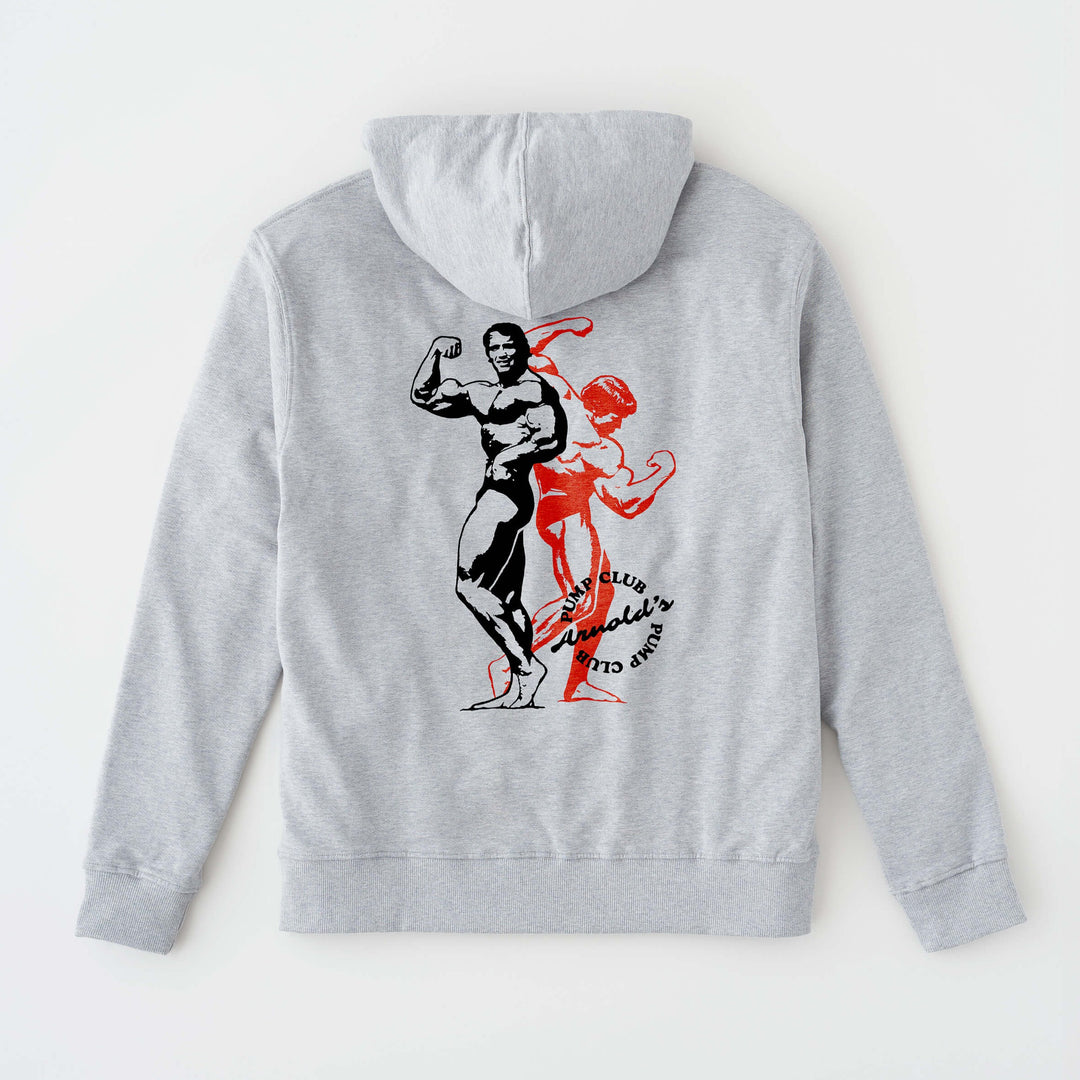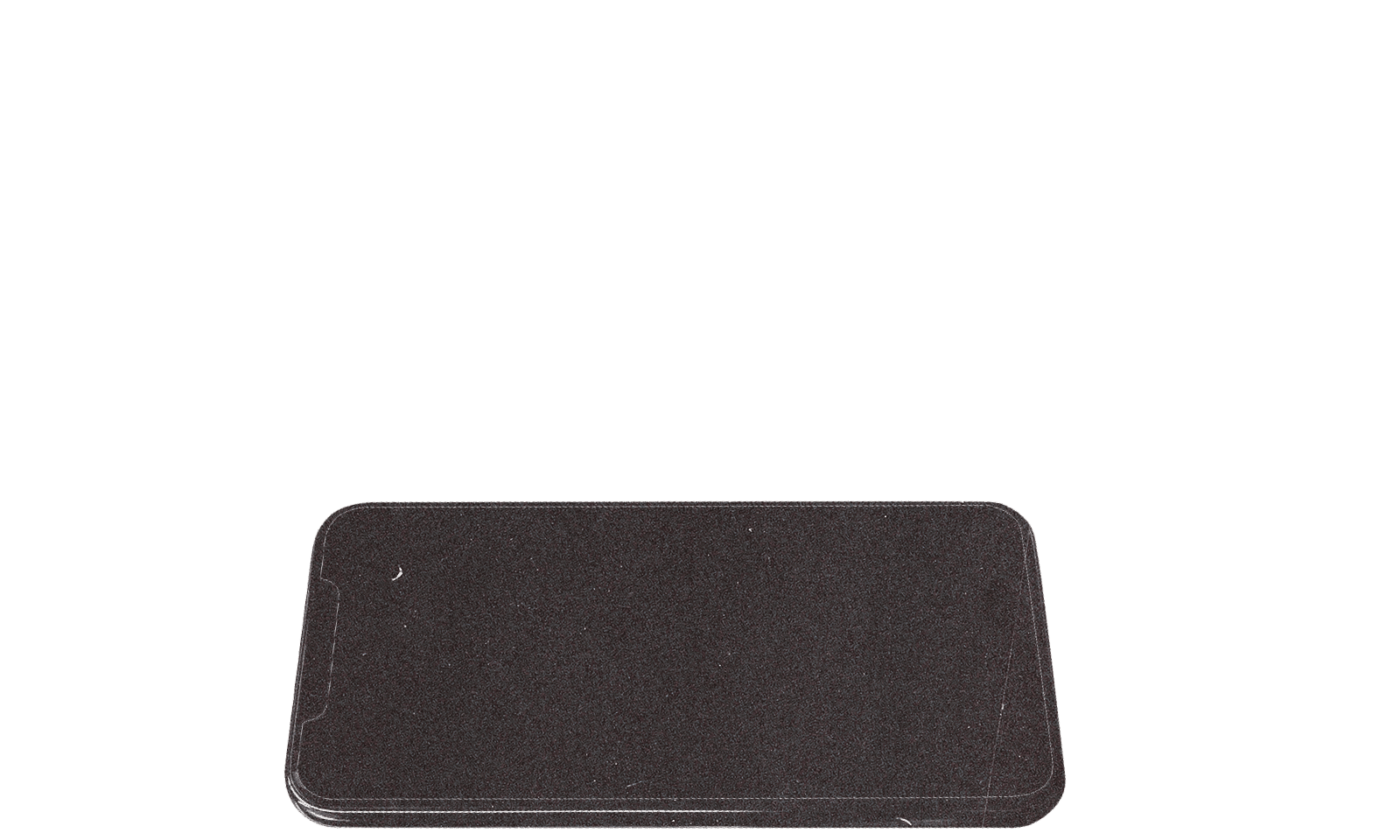Welcome to the positive corner of the internet. Every weekday, we make sense of the confusing world of wellness by analyzing the headlines, simplifying the latest research, and offering quick tips designed to make you healthier in less than 5 minutes. If you were forwarded this message, you can get the free daily email here.
Today’s Health Upgrade
The carcinogen question
A real fat loss hack?
Recipe of the week
Try this fix for more muscle
Arnold’s Podcast
Want more stories from Arnold? Every day, Arnold’s Pump Club Podcast opens with a story, perspective, and wisdom from Arnold that you won’t find in the newsletter. And, you’ll hear a recap of the day’s items. You can subscribe on Apple, Spotify, Google, or wherever you listen to podcasts.
Spotlight
Are Carcinogens Everywhere?
The next time you see an article reference something as “possibly carcinogenic,” it does not mean it is proven to harm your health.
If this sounds confusing, hang with us because we aim to help you make good health decisions without stressing every action you take.
The term “carcinogenic” means that something could cause cancer — in any amount. In other words, even if something is not proven to cause cancer but could hypothetically do so, then it will receive a carcinogenic label — and that’s where the confusion often begins.
The International Agency for Research on Cancer (IARC) has four different groups of carcinogens. The first group is the most direct because it states, “There is enough evidence to conclude it can cause cancer.”
However, after that, the other three groups have a broader interpretation that can make you wonder if anything is safe.
Did you know that anabolic steroids are classified in the same carcinogenic group as “hot beverages?” If you don’t look at the details, you could think that engine exhaust is as dangerous as aloe vera. Or that artificial sweeteners are classified the same as coffee and pickled vegetables.
So, how should you handle these warnings? First, see if the behavior in question falls into a “group 1” classification, which is the most significant risk. As you move to 2A and 2B, the threat becomes less. Remember, Group 2B or “possibly carcinogenic” warning is a sign of theoretical danger, meaning you’re unlikely to put your body in harm’s way unless you have very high exposure.
If you’re truly worried, get bloodwork, and you can better determine if your body is in danger.
You must do what feels best, but don’t let fear-driven headlines rule your choices. Stay informed, stay healthy, and make decisions that work for you.
Together With HexClad
The Real Way To “Hack” Lasting Fat Loss
Weight loss supplements might be a $30 billion industry. Still, the evidence that fat loss pills have significant long-term benefits (outside of GLP-1 medications, like Ozempic) is surprisingly slim.
If you want to feel more in control of your health, cutting your take-out expenses and focusing on a few simple changes is proven to do more for your body — and will save you a lot of money, too.
Research suggests that people who eat home-cooked meals more than five times per week are 28 percent less likely to be overweight and 24 percent less likely to have excess body fat.
But instead of thinking of elaborate meals, it’s time to reinvent how you think of what it means to make a home-cooked meal. With a few simple upgrades, you can transform your meals from good to great and make cooking something you look forward to every day. Here are three changes that can make cooking at home easier and more enjoyable.
Add (Don’t Subtract) Quality Carbs
Research suggests eating fiber-loaded bread helps you eat less, stay fuller, and balance your blood sugar. In other words, making a sandwich counts as a home-cooked meal, and it becomes a health cheat code if you do it the right way.
A review of more than 70 studies found that whole grains and starchy carbs help maintain lower weight and reduce the likelihood of diabetes, heart disease, and cardiac events.
To master the healthy sandwich, focus on bread with at least 4 grams of fiber per slice. You can also opt for other fiber-loaded carb sources such as lentils, quinoa, and beans.
Load Up On Protein
Studies suggest that if you're eating enough protein, the quality isn’t as important as you've been led to believe.
The new study found that if you want to eat less protein, it's best to focus on more premium protein. But, if you prefer eating a higher protein diet, then it's OK if you're not always consuming the best options. Whether it’s chicken, tofu, lentils, eggs, or fish, adding protein ensures your body gets the nutrients it needs for muscle repair and overall health.
Upgrade Your Pots and Pans
The backbone of any great kitchen is high-quality cookware that makes it easier to cook faster, with less cleanup, and better taste. You might think of cookware as an afterthought, but it’s the secret weapon that helps you prep meals that taste good and you enjoy.
If you want an excellent pan with a lifetime guarantee (and a discount bigger than anything we’ve been able to offer), check out HexClad. Their patented hybrid technology combines three pans in one, allowing you to get a restaurant-quality sear with a non-stick surface. Plus, if you avoid cooking because of the mess, clean-up is simple.
For a limited time, you can get 20% OFF HexClad cookware, including our favorite, the 12-piece set (your savings will be automatically applied at checkout).
Use this link to access this special deal and upgrade your meal prep with cookware designed for those who live in the kitchen or those still learning to cook at home.
Recipe of the Week
The Power of Panini
For so many people, lunch is a sneaky diet killer. Enter the panini.
This spin on the classic sandwich will satisfy you while filling you up with more than 30 grams of protein. If you work from home, you can whip this up in 15 minutes. If you need to pack a lunch, this travels incredibly well and reheats easily in a toaster.
Ingredients
2 slices of bread (any option with more than 4 grams of fiber per slice)
1 boneless, skinless chicken breast
1 slice beefsteak tomato
¼ avocado, in 4 thin slices
4 fresh basil leaves
1 tbsp. Dijon mustard
1 tsp. balsamic vinegar
½ tsp. extra virgin olive oil, plus ½ tbsp. for cooking the chicken
1 tsp. sea salt
1 tsp. pepper
½ tsp. garlic powder
½ tsp. butter (optional)
Instructions
Rinse, dry, and butterfly (split it horizontally, but not all the way through) the chicken breast. Season each side with ½ tsp. of sea salt, ½ tsp. pepper and ½ tsp. garlic powder.
On a HexClad pan, add a little olive oil, and cook the chicken on medium-high heat for about 3 to 5 minutes per side. Remove from heat when it’s cooked through. Slice the chicken at an angle to make the slices a better fit for a sandwich.
While the chicken is cooking, add the Dijon mustard, balsamic vinegar, and ½ tsp. of olive oil. Mix it all up.
Assemble the sandwich. On one side of each slice of bread, spread the butter. On the non-butter side, spread the mustard mixture. Layer the avocado slices, then the tomato, then the chicken slices, and finally, the basil leaves. Top with the other slice of bread.
Place the sandwich on a grill pan and firmly press to get those lovely grill marks. An informal, not-professional technique is to place a heavy plate or another pan on top. Cook for about 2-3 minutes per side.
Macros per serving
390 calories
34g protein
32g carbs
14g fat
Fitness
Not Building Muscle? Check Your Rest
Intensity is the name of the game for muscle growth. But you might be pushing it too hard and unintentionally limiting your progress.
New research found that you might underestimate how much time you should rest between sets.
The current study reviewed nine randomized controlled trials and compared short rest (60 seconds or less) with longer rest periods (more than a minute).
While both rest periods improved results, resting between two to five minutes between sets led to more muscle growth and strength compared to resting 30 to 60 seconds.
That’s not to say you should never use shorter rest periods. After all, the short rest periods also led to improvements over time.
But, if you’re going to use shorter rest — or do supersets (exercising back-to-back with short rest) — it’s best to pair opposite muscles. For example, do a set of a chest exercise followed by a set of a back exercise, or quads followed by hamstrings, or biceps and triceps.
Longer rest appears to work better because it helps you manage fatigue.
As you tire, it can reduce your total volume, meaning racing through your sets limits how much weight you can move each workout. When you have shorter rest, you don’t recover as much, so you can’t do as many reps or use heavier weights on subsequent sets. That reduction in absolute intensity (how much you’re capable of doing vs. how much you can do when fatigued) means you’re leaving results on the table.
If your goal is to maximize muscle growth or strength, aim for two to four minutes of rest between sets. If you have less time to exercise, opt for shorter rest periods, but don’t forget to pair your exercises wisely.
—
Publisher: Arnold Schwarzenegger
Editors-in-chief: Adam Bornstein and Daniel Ketchell




